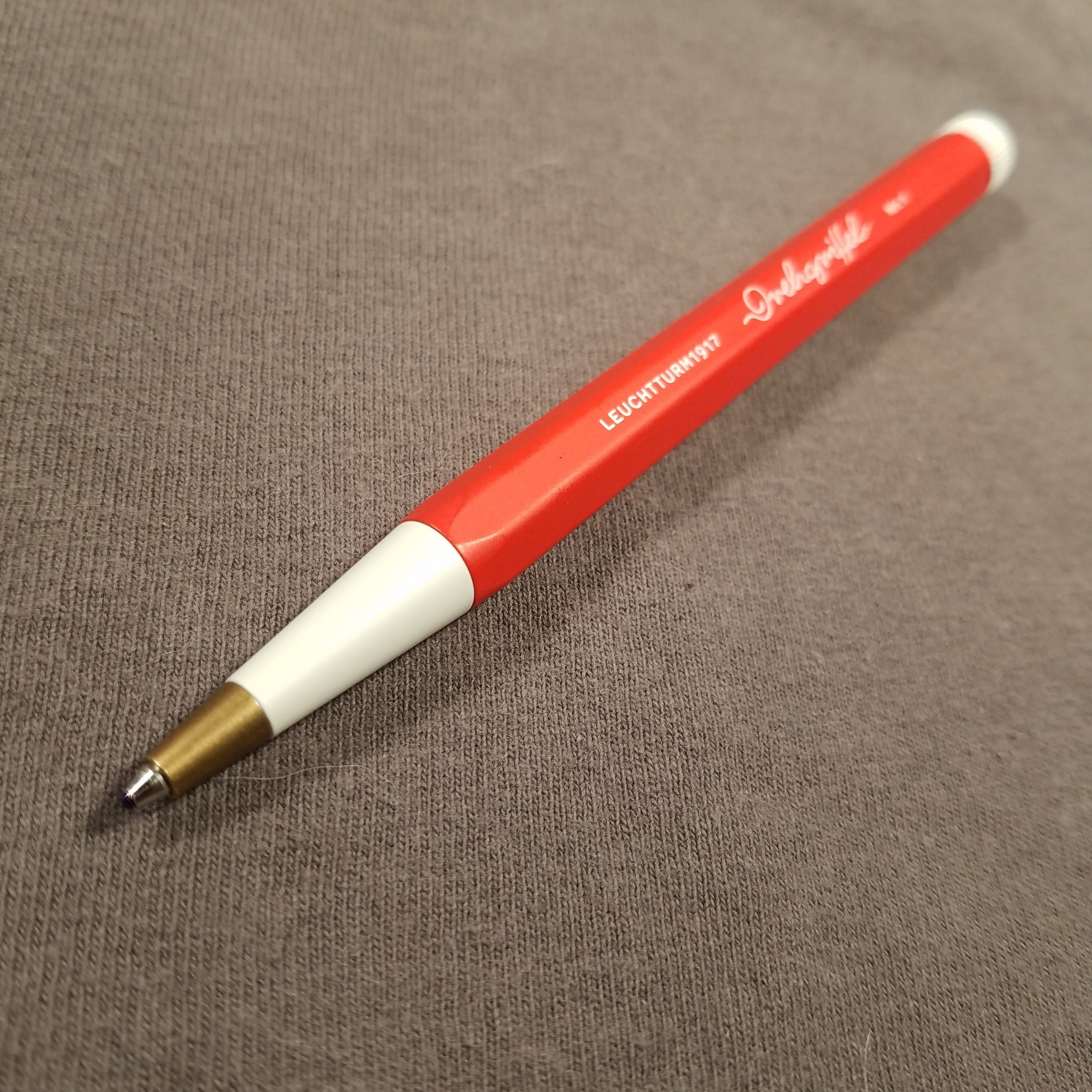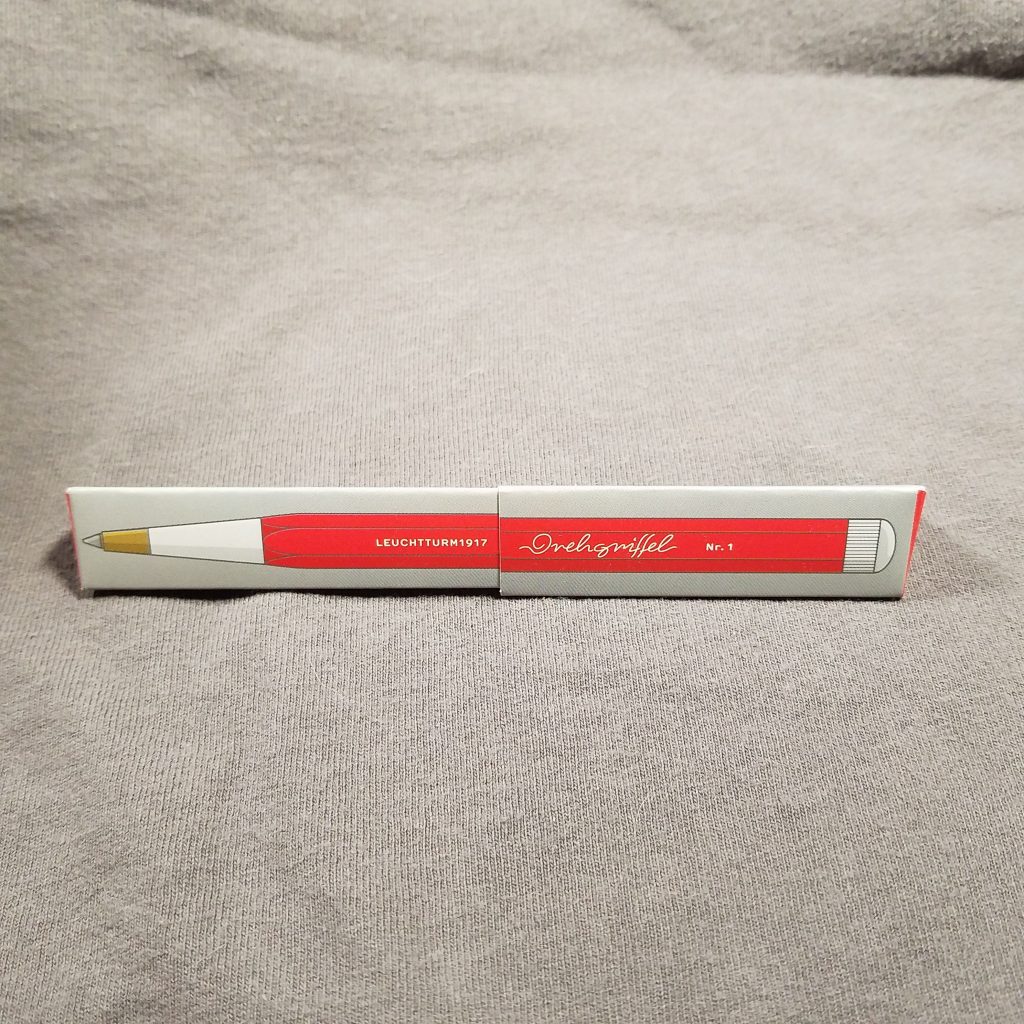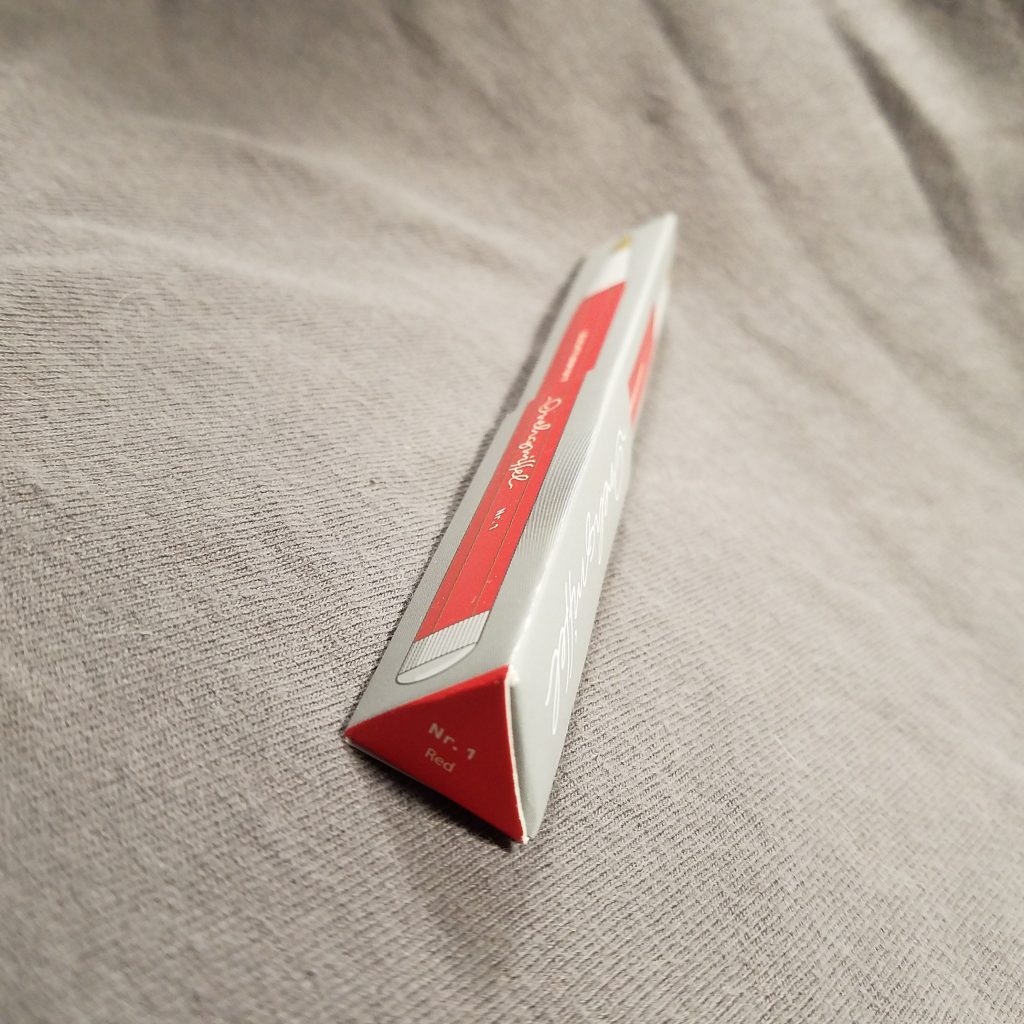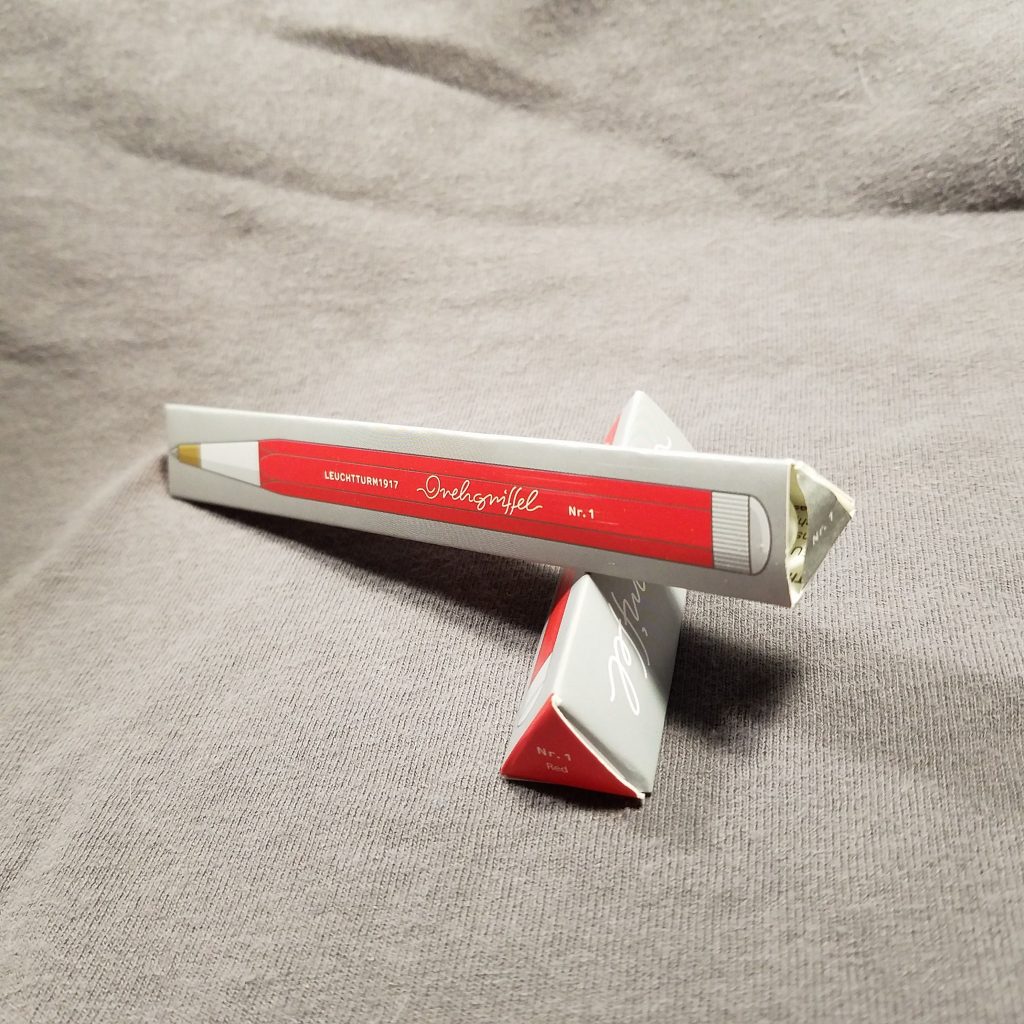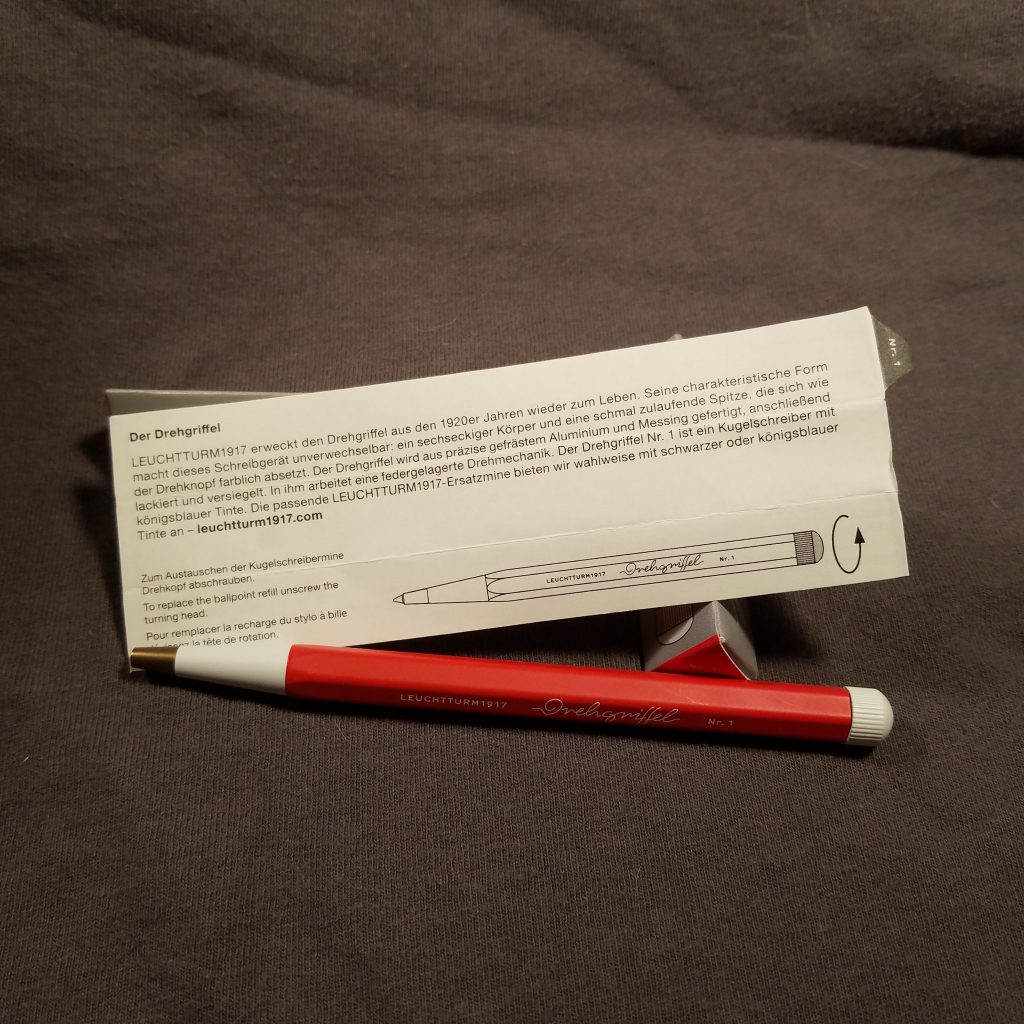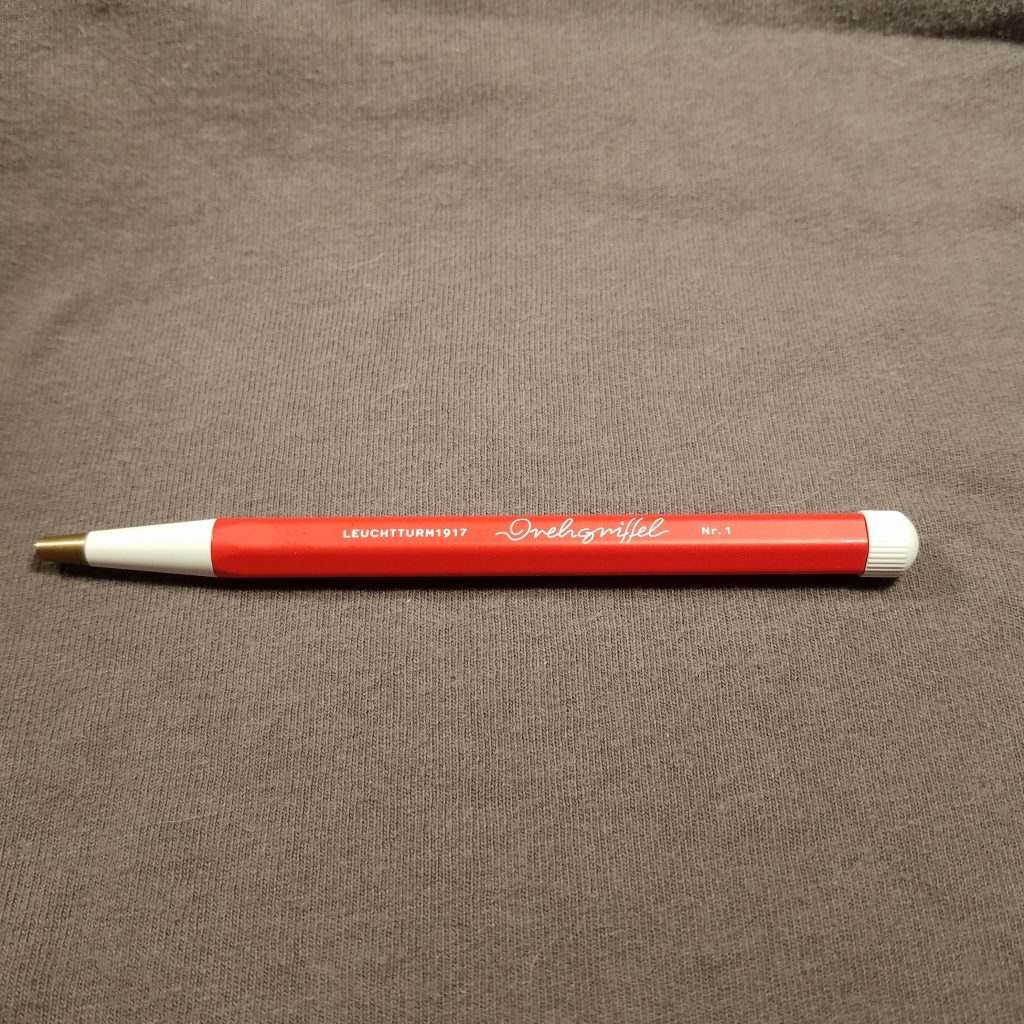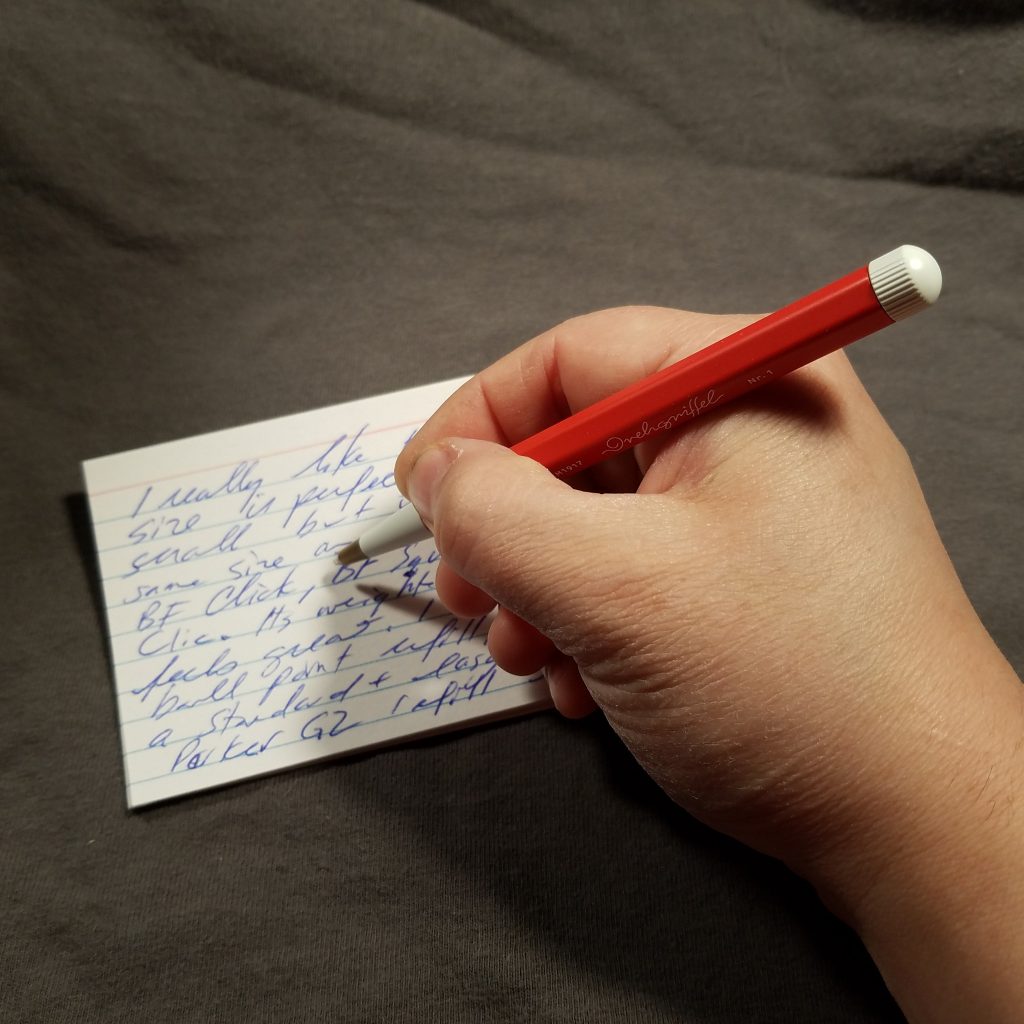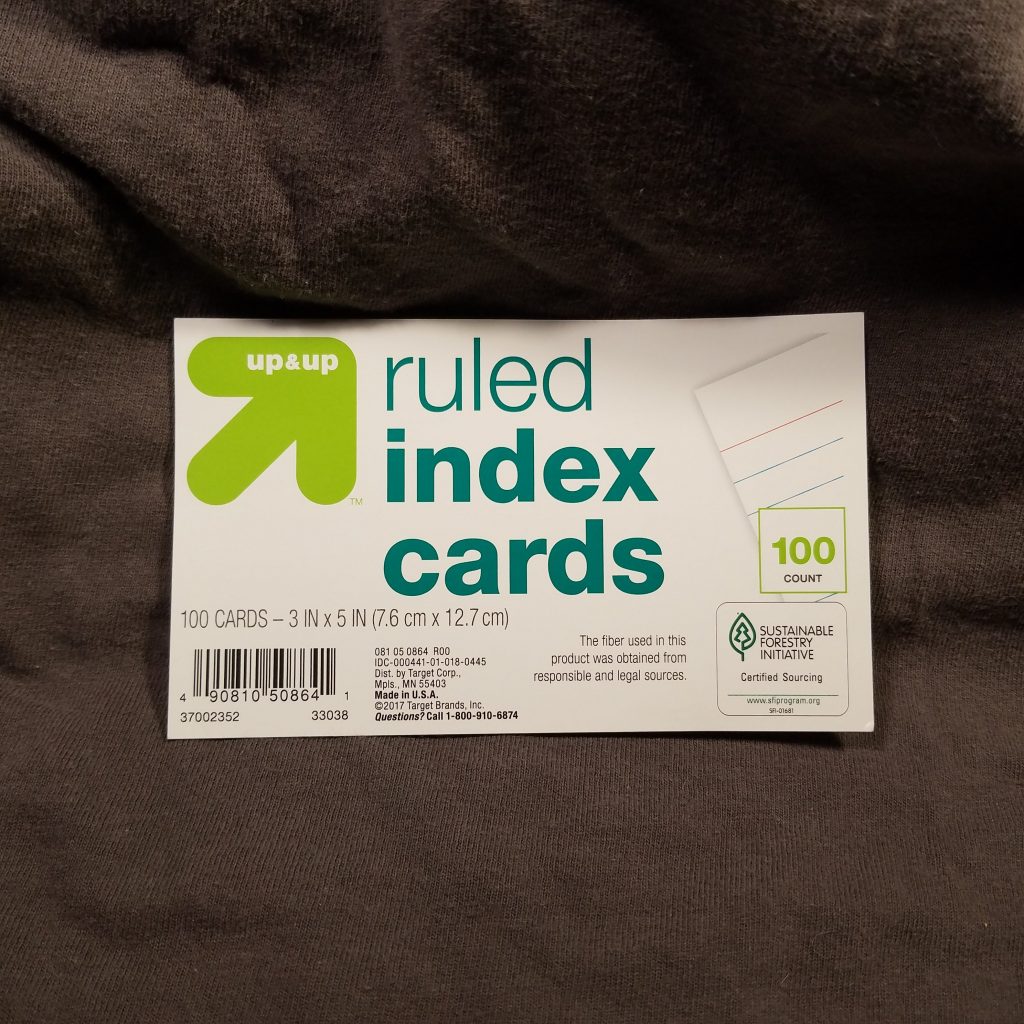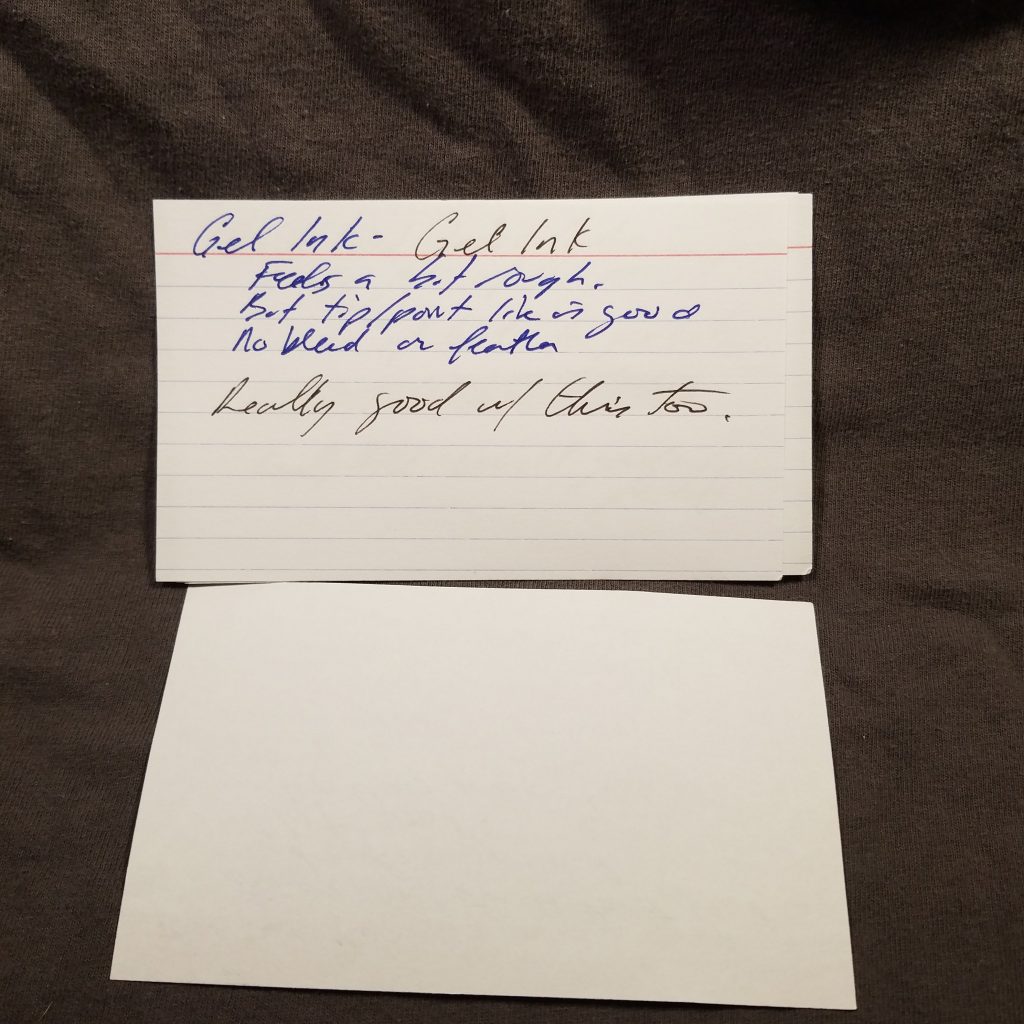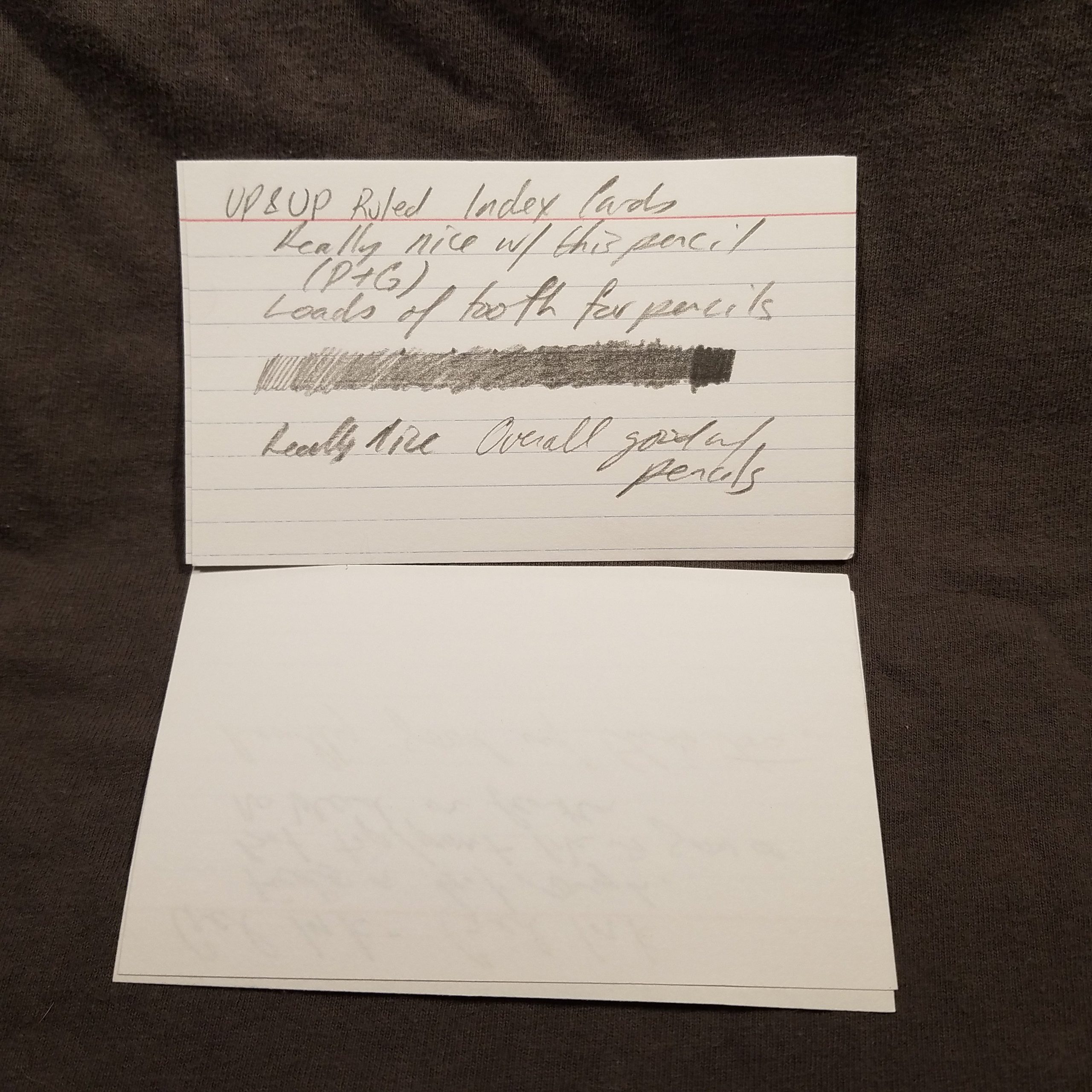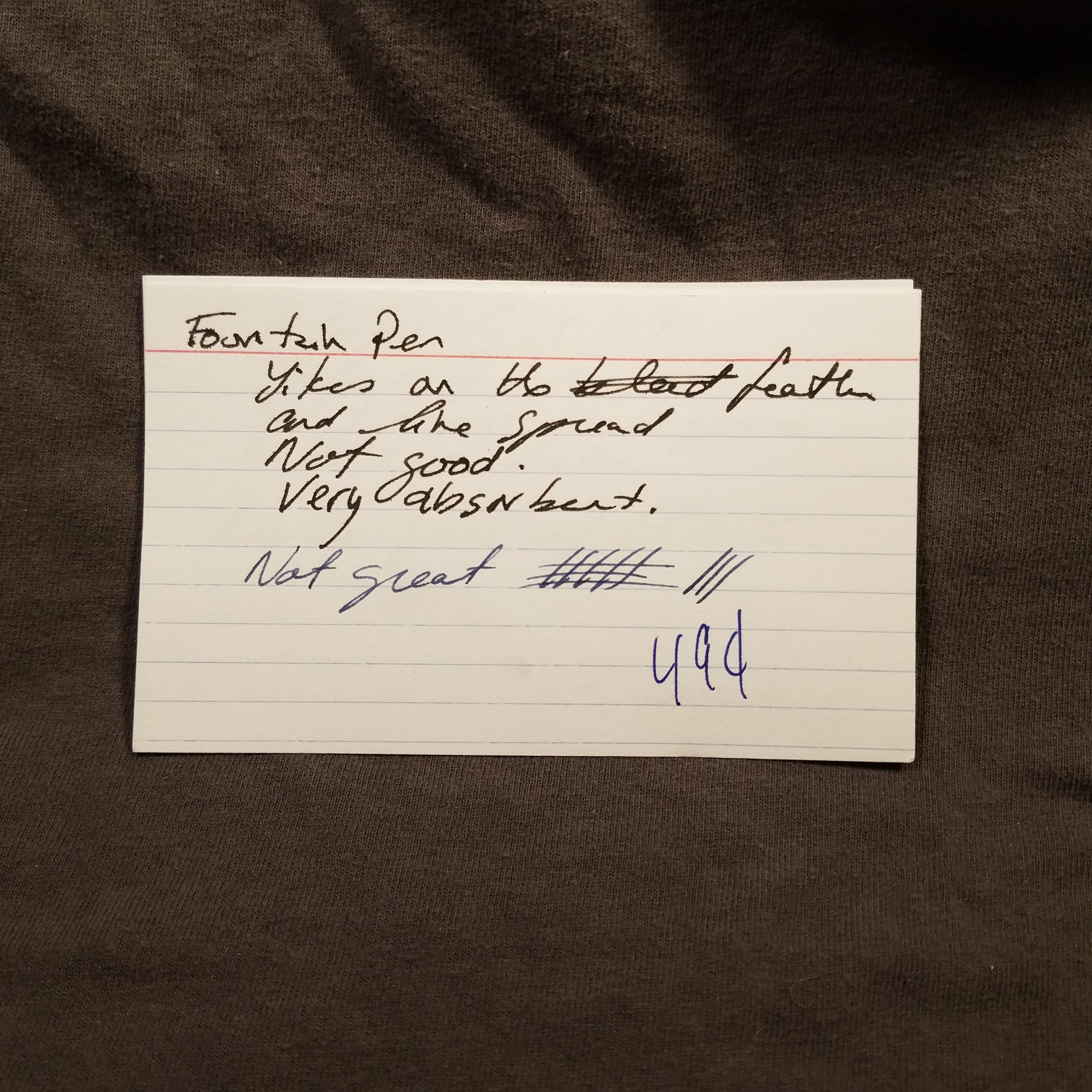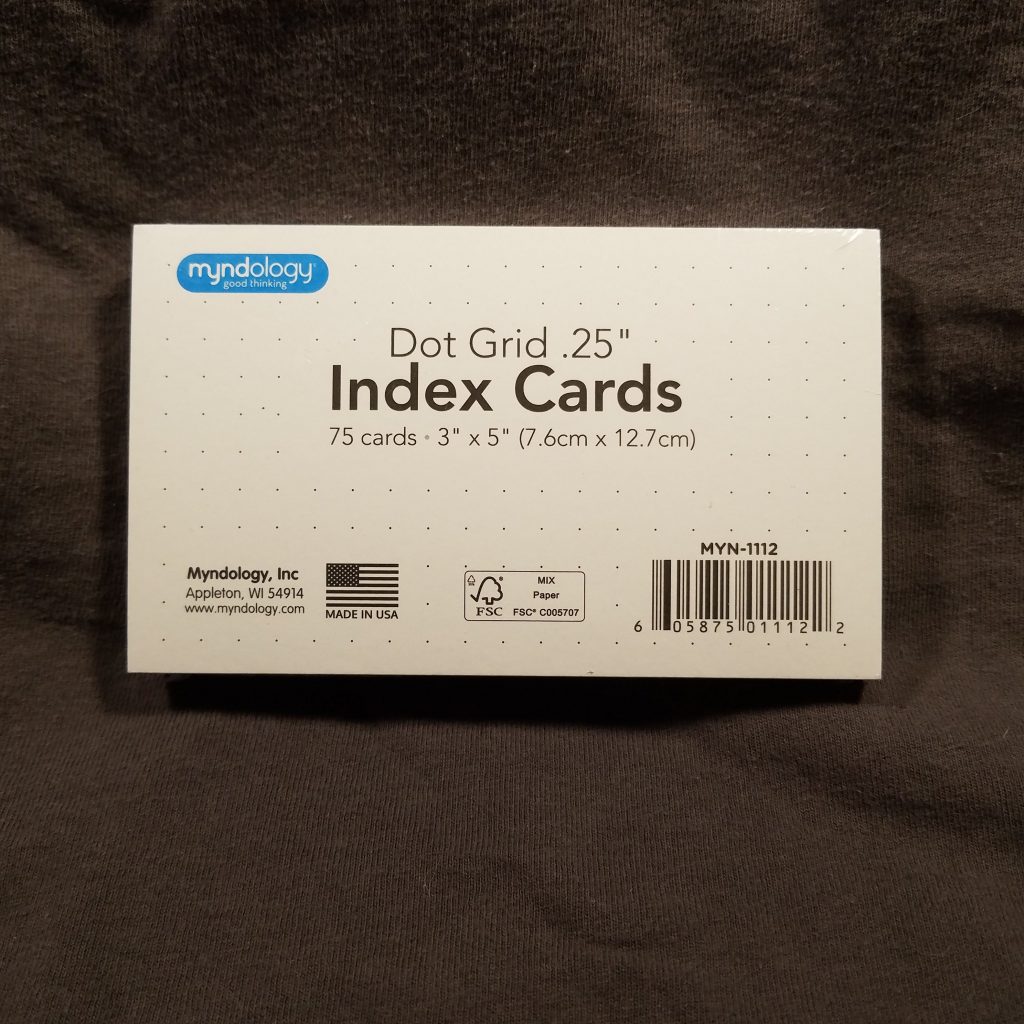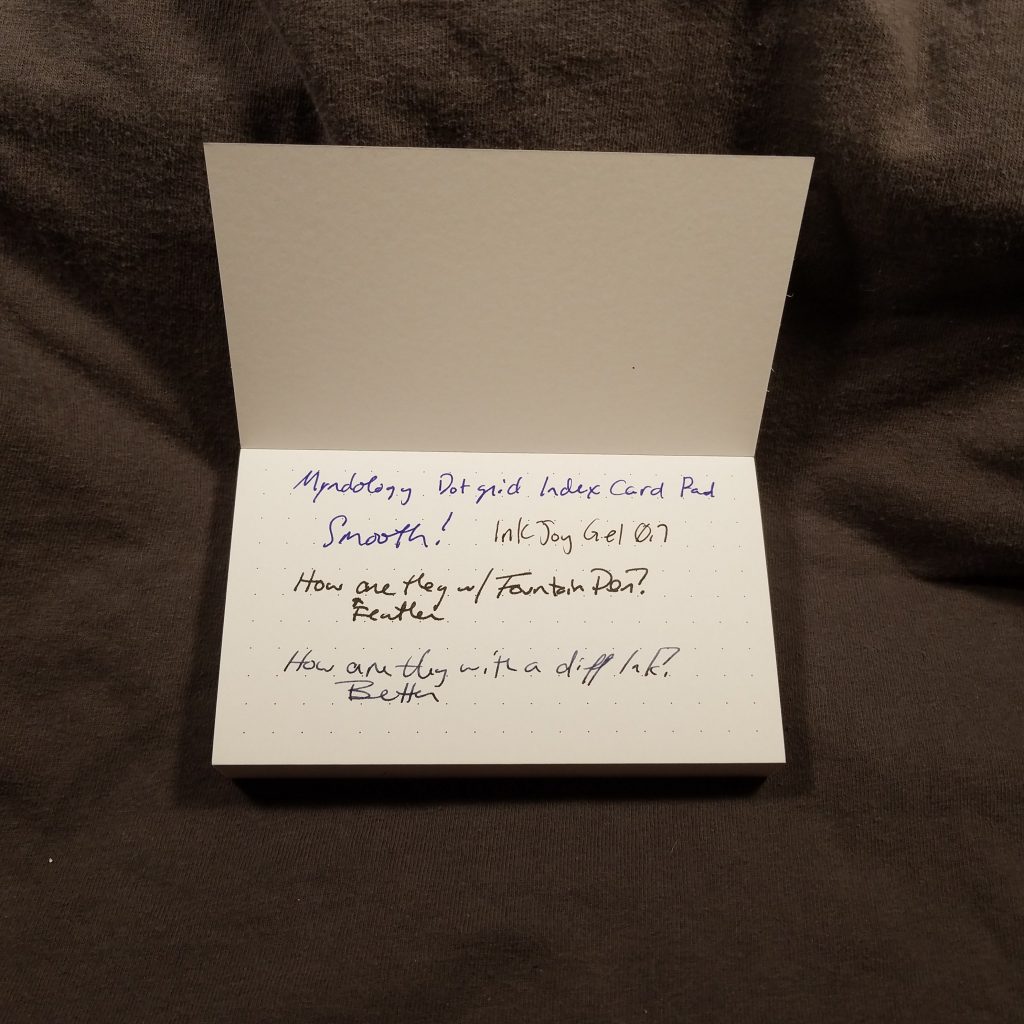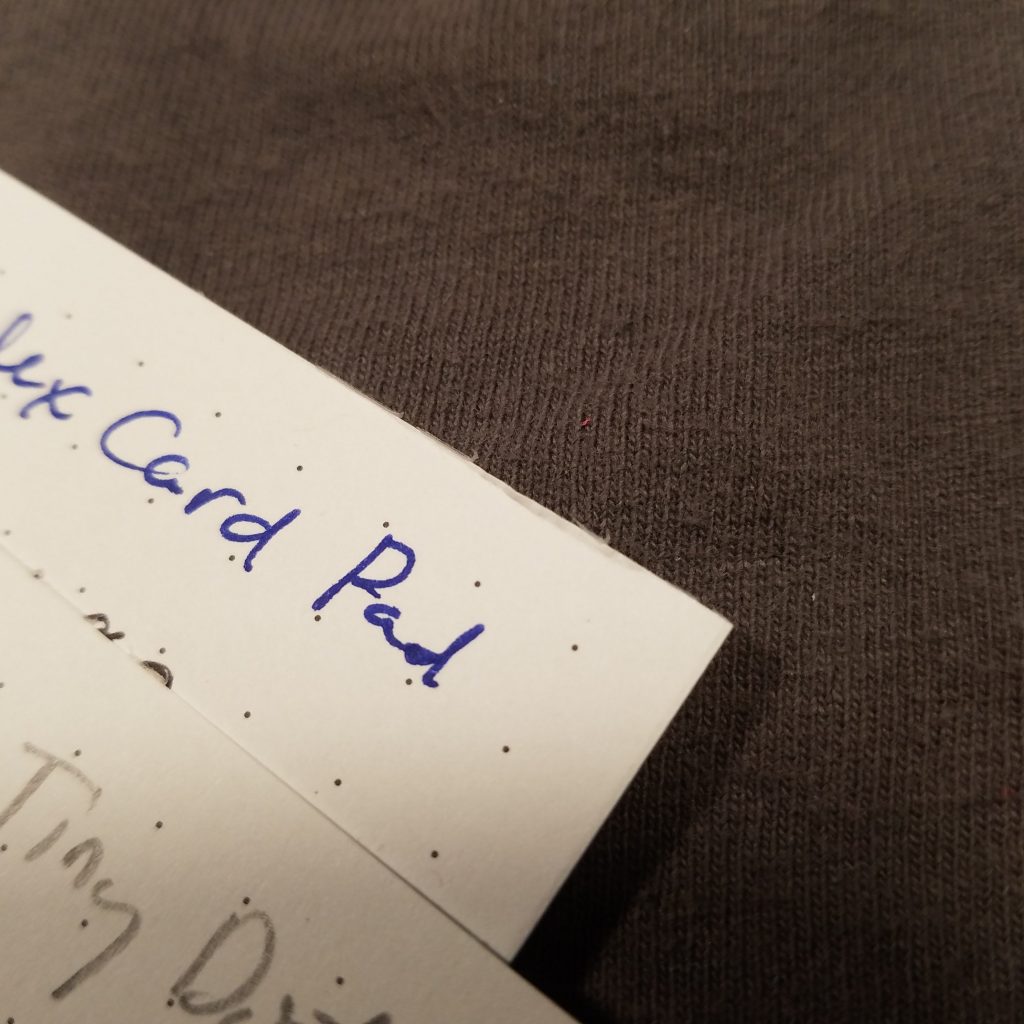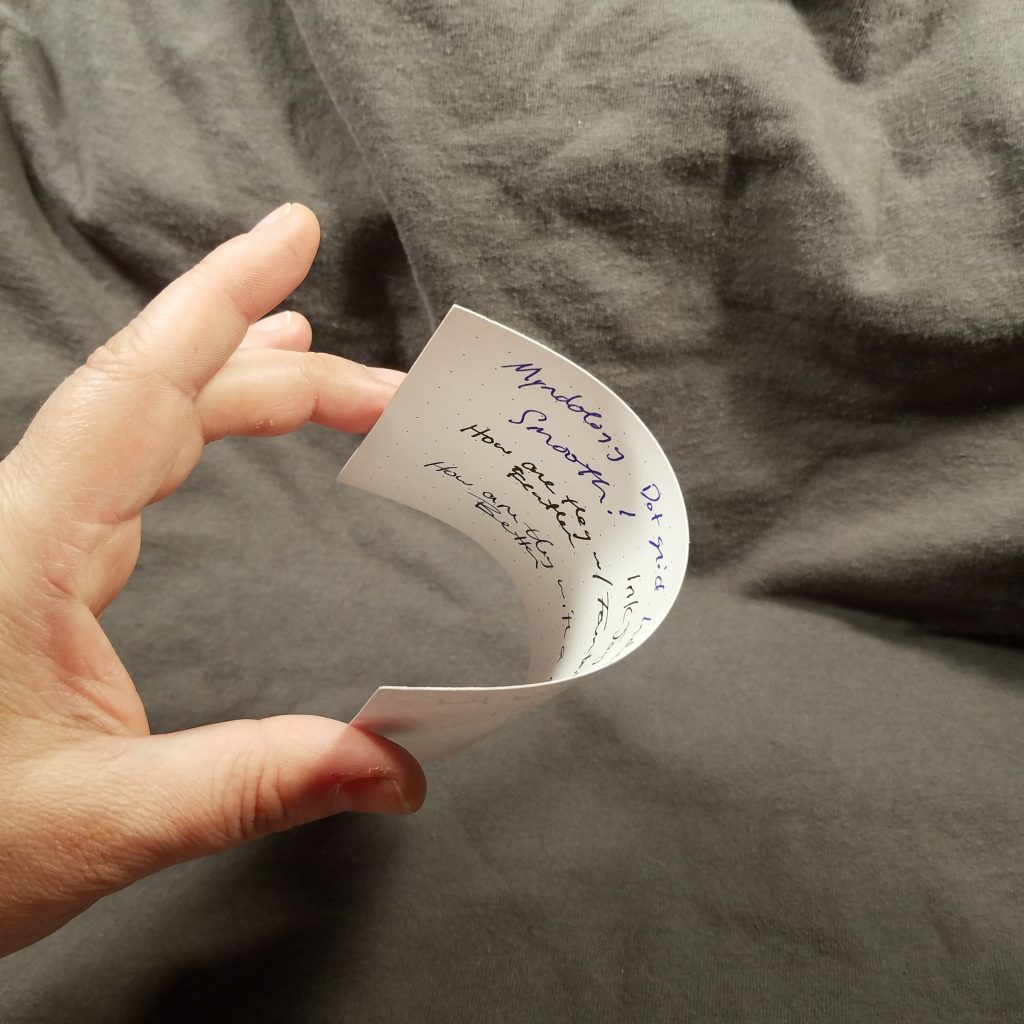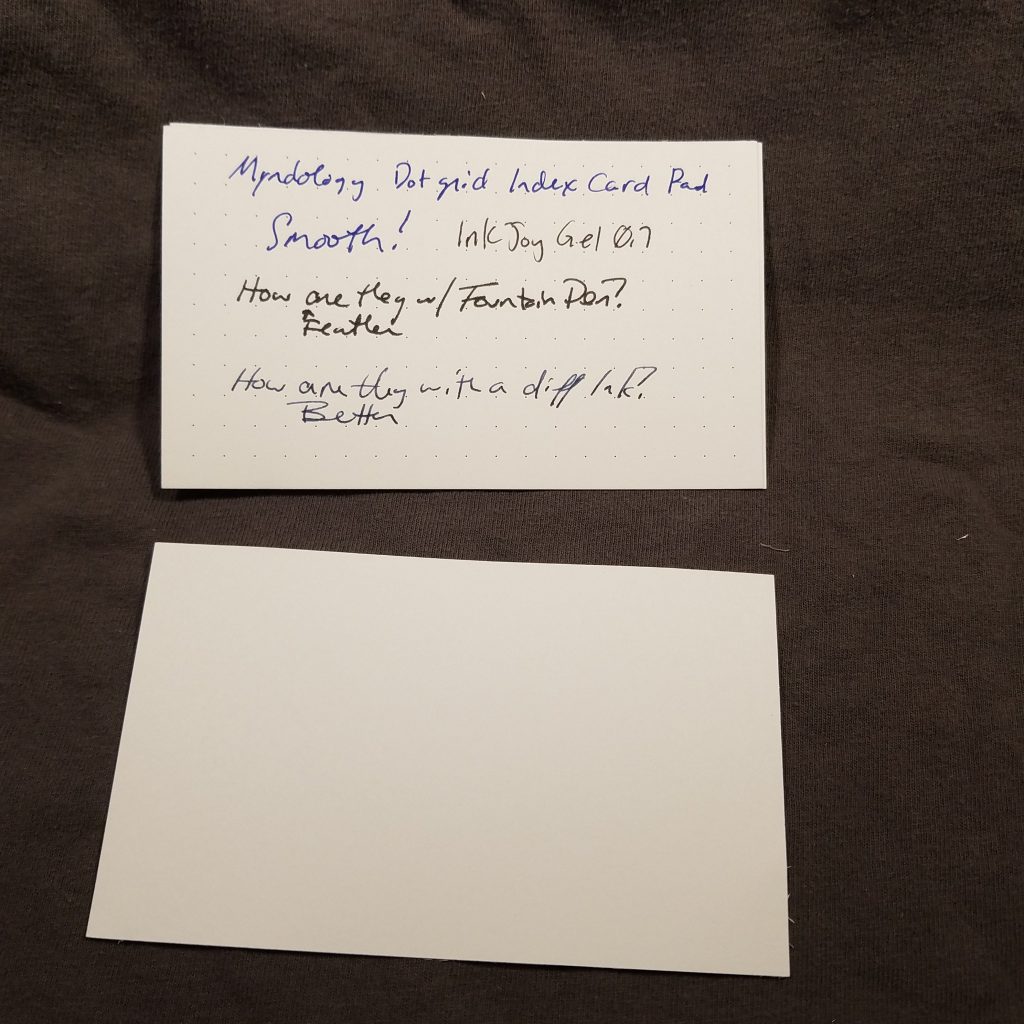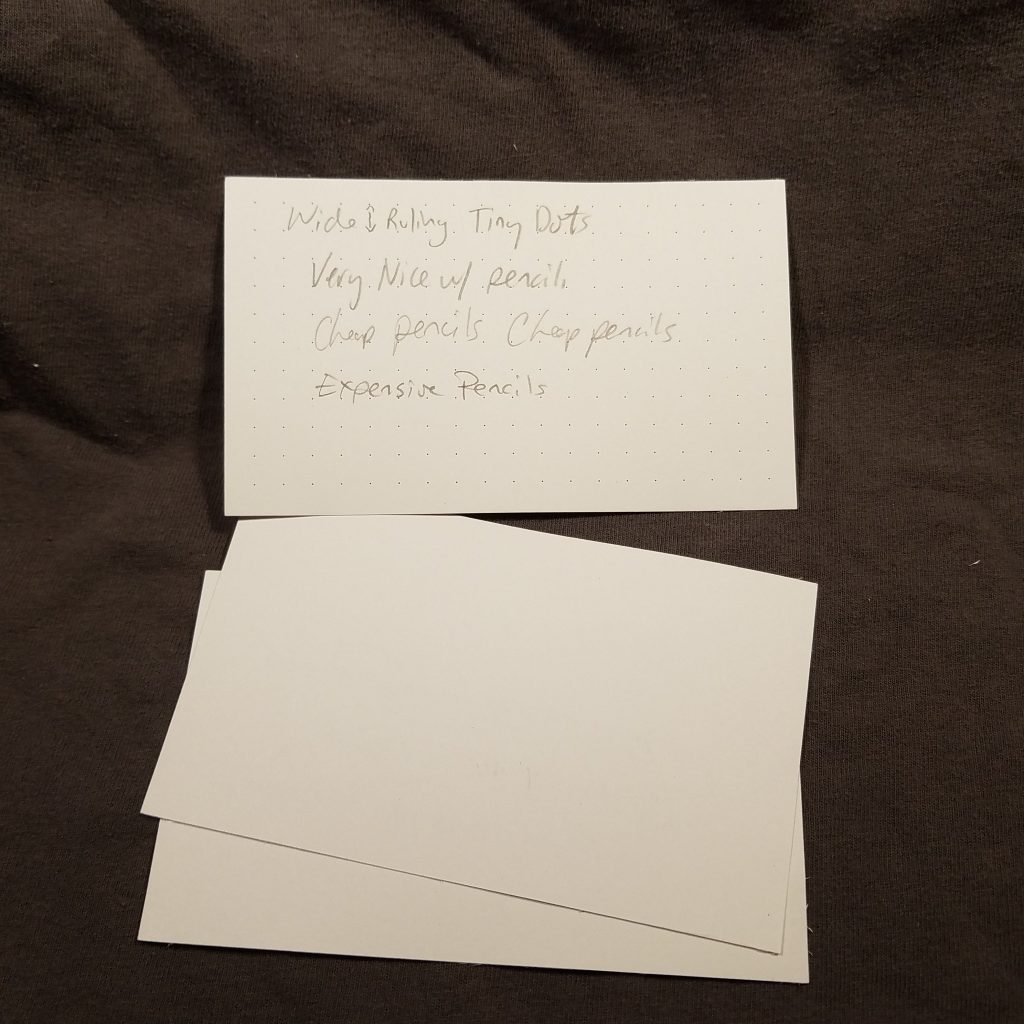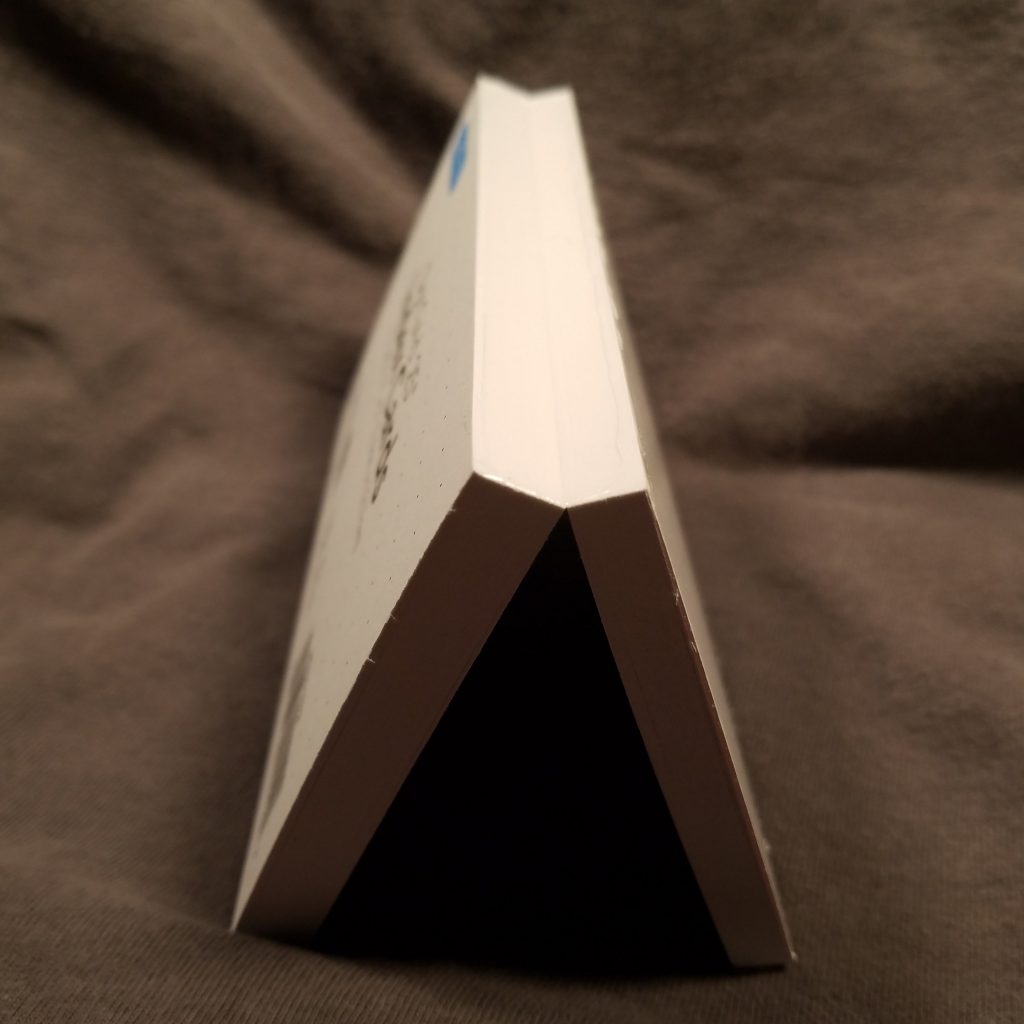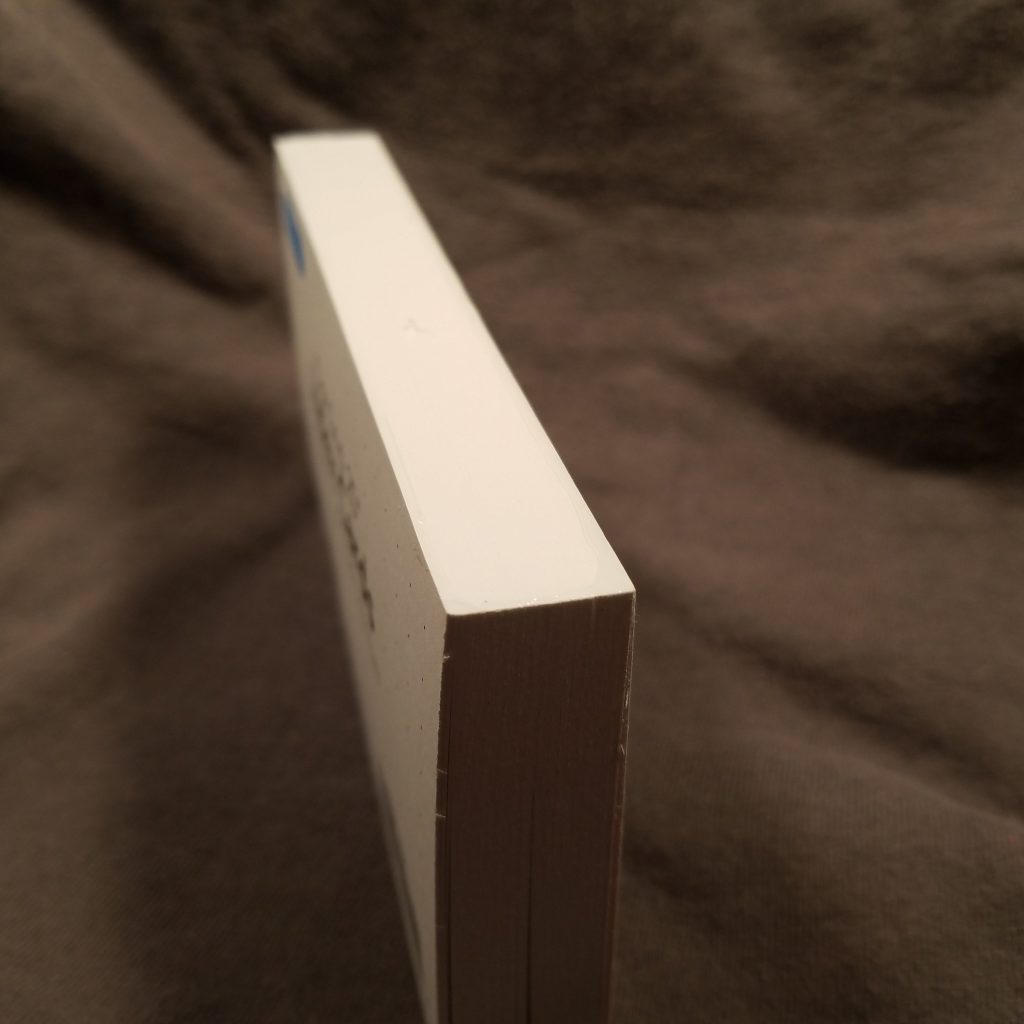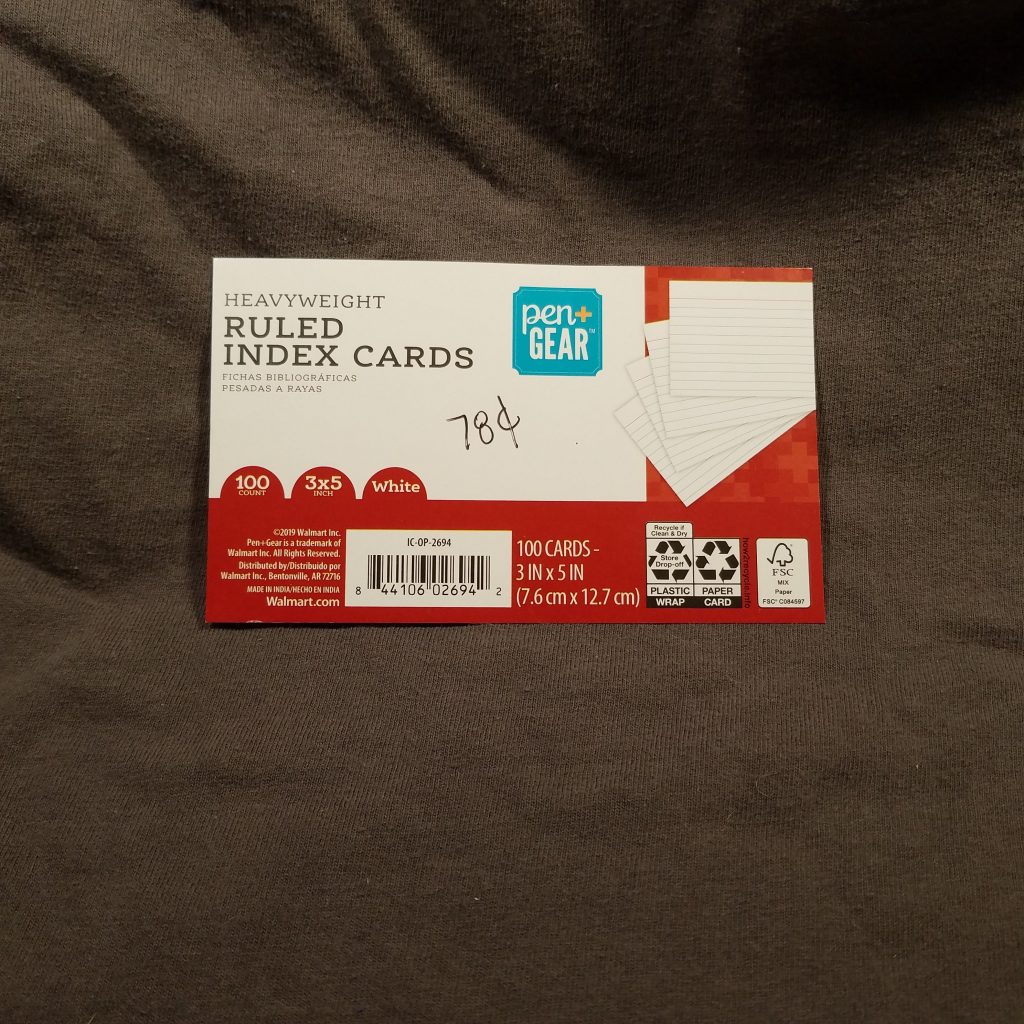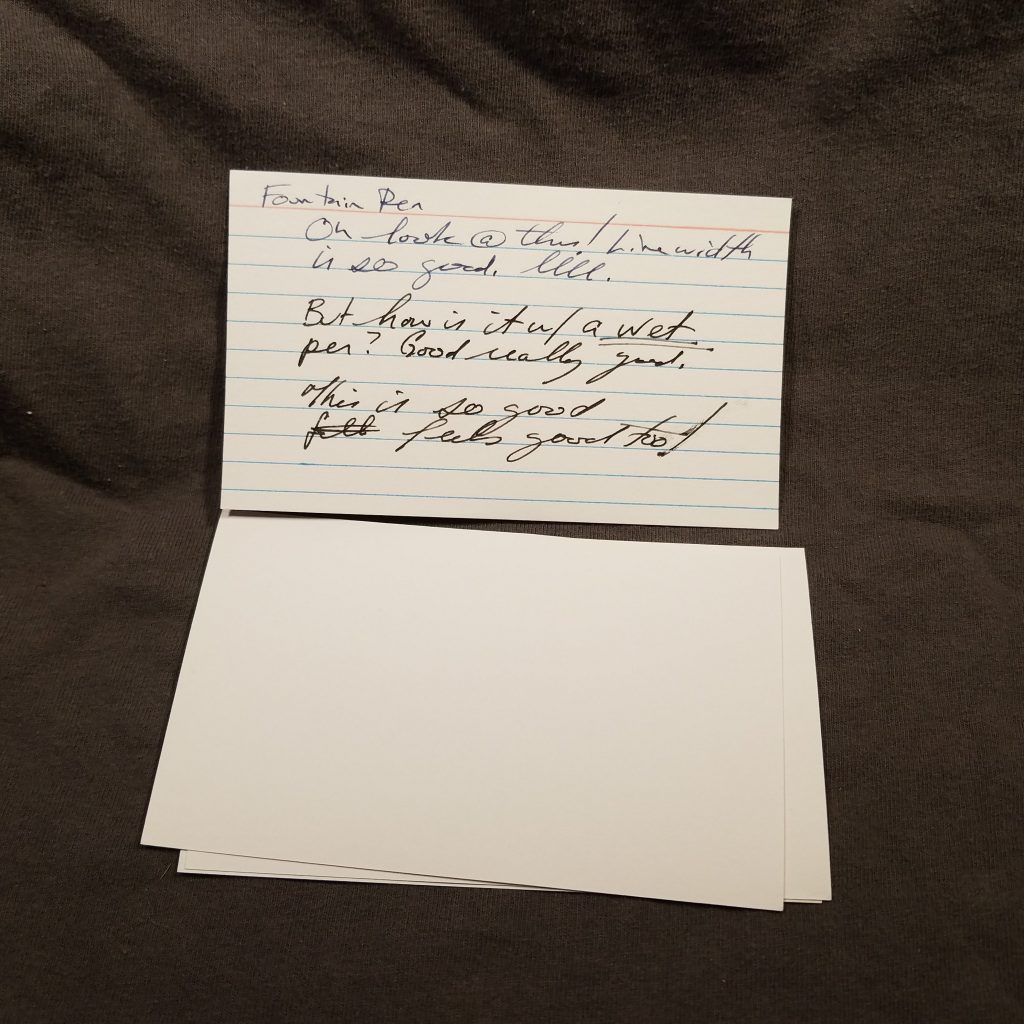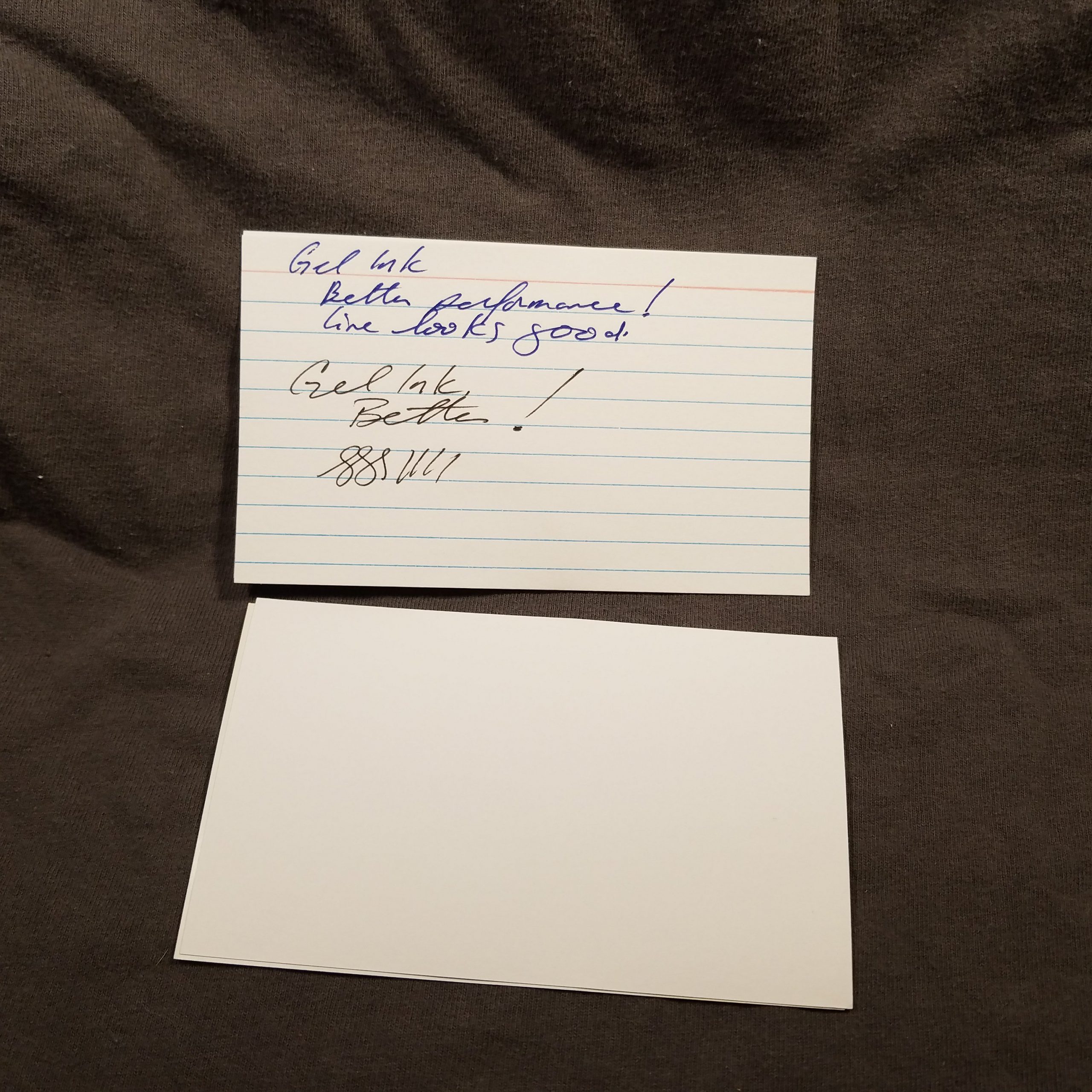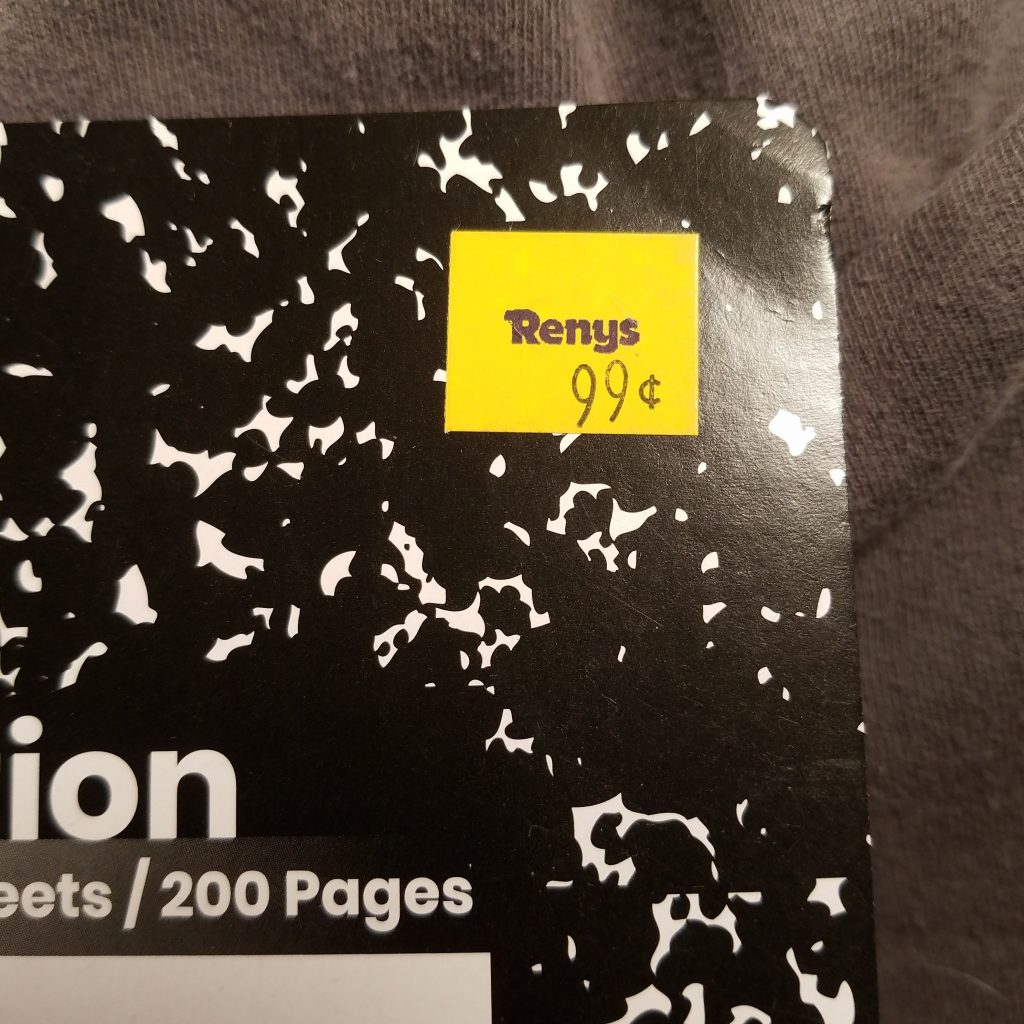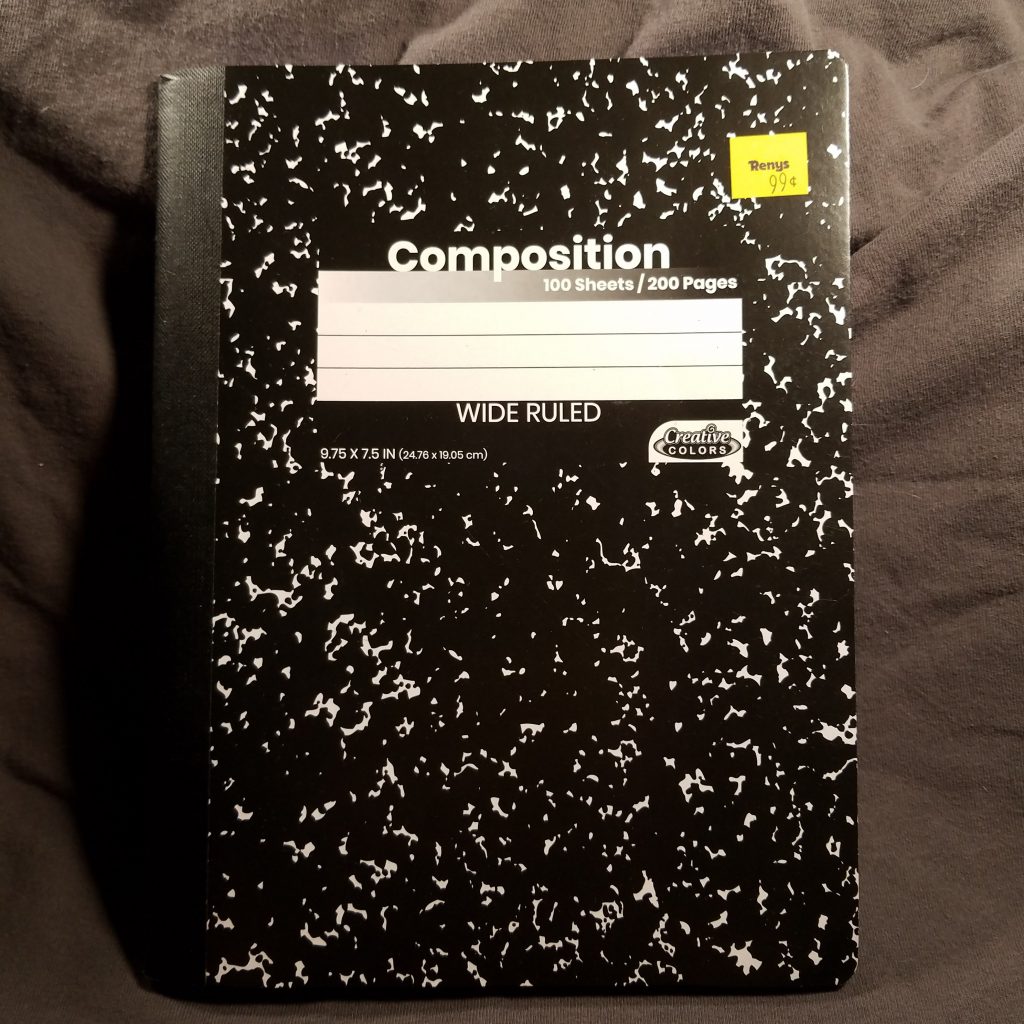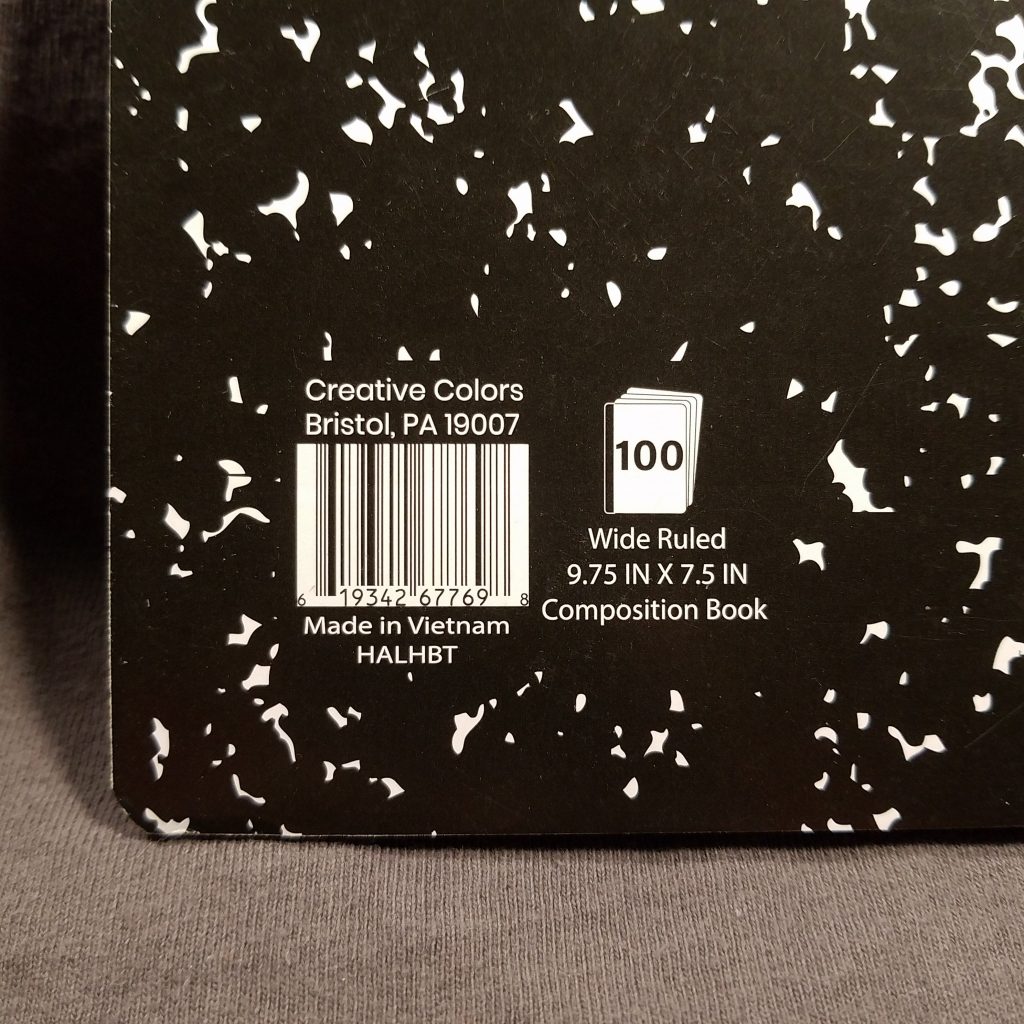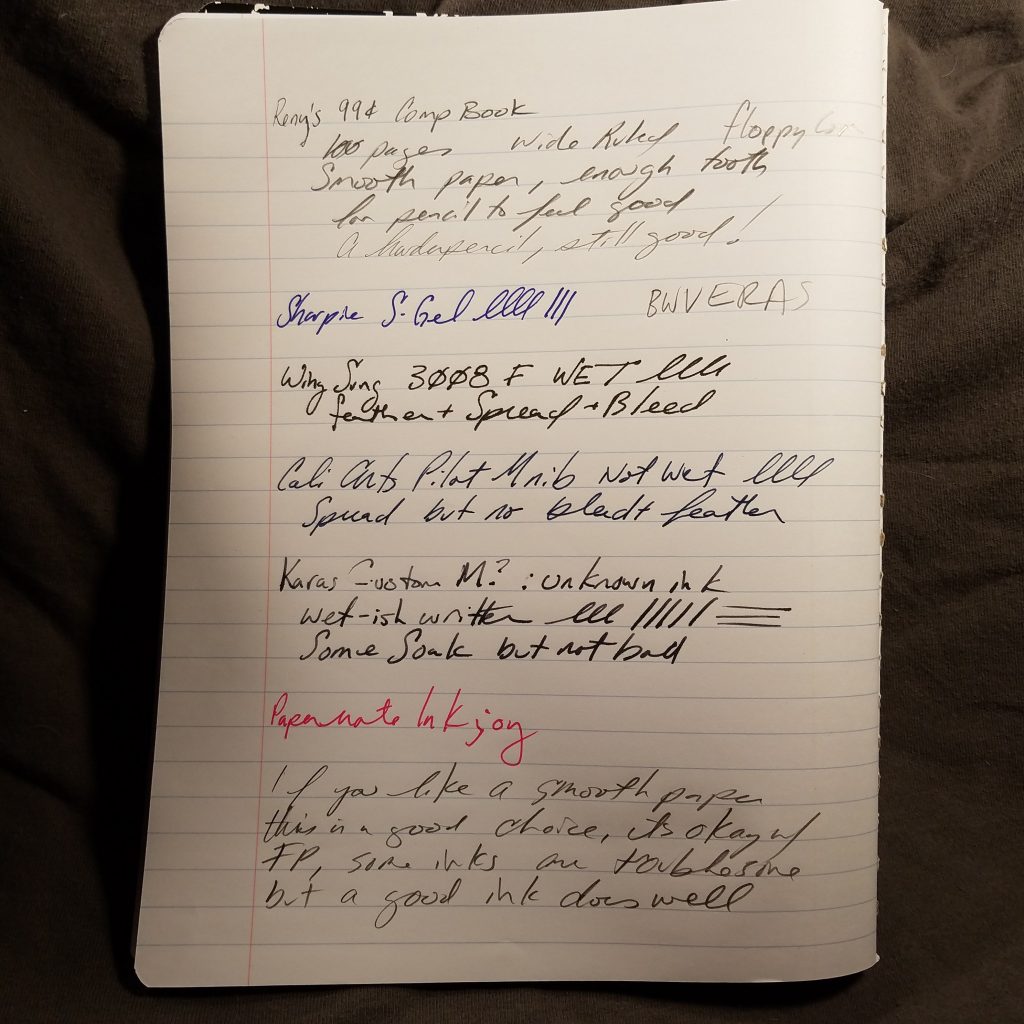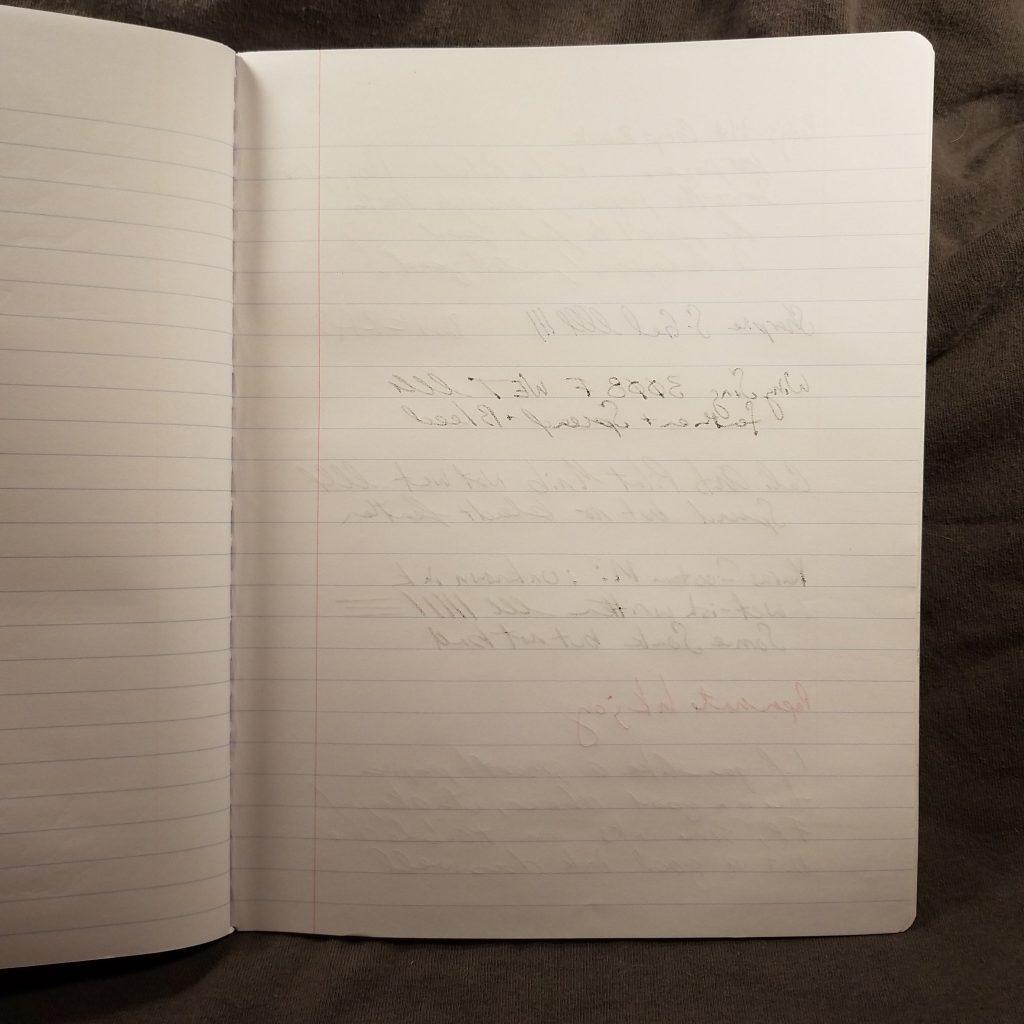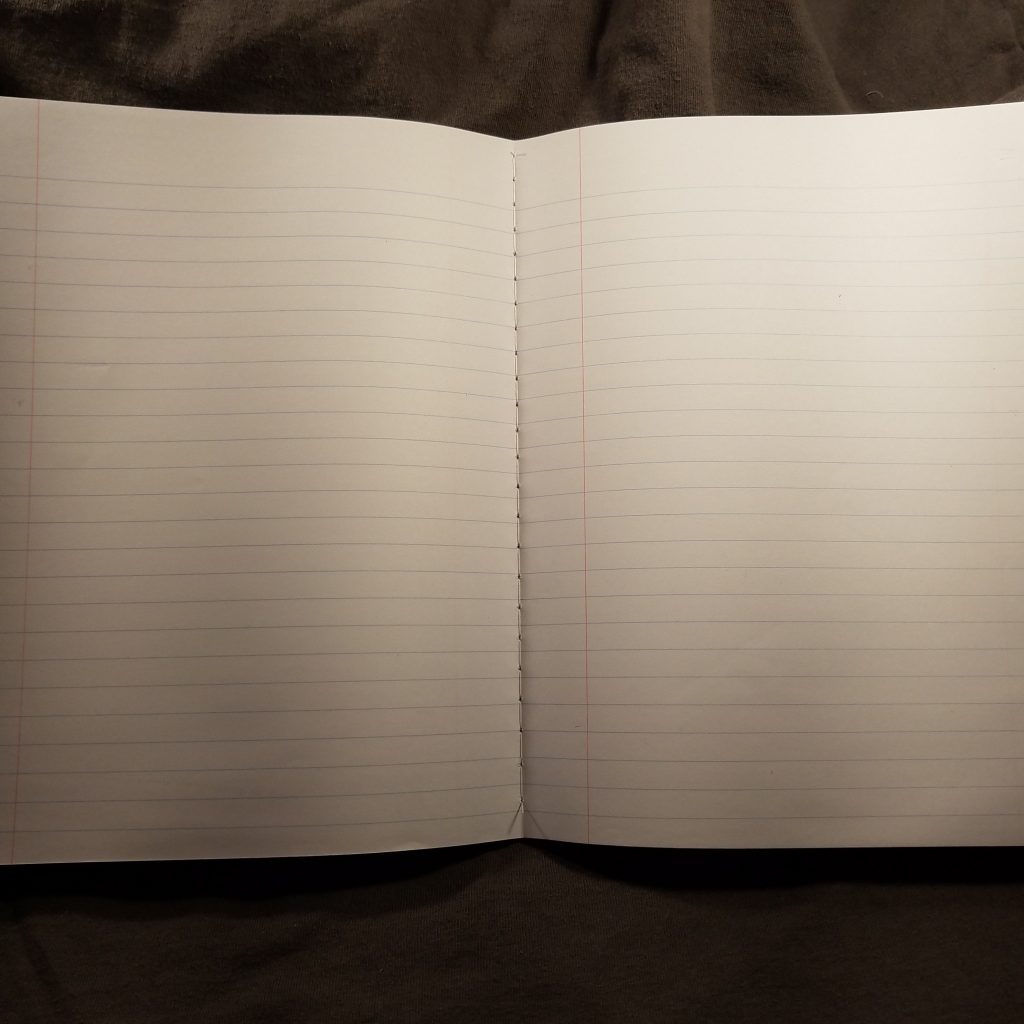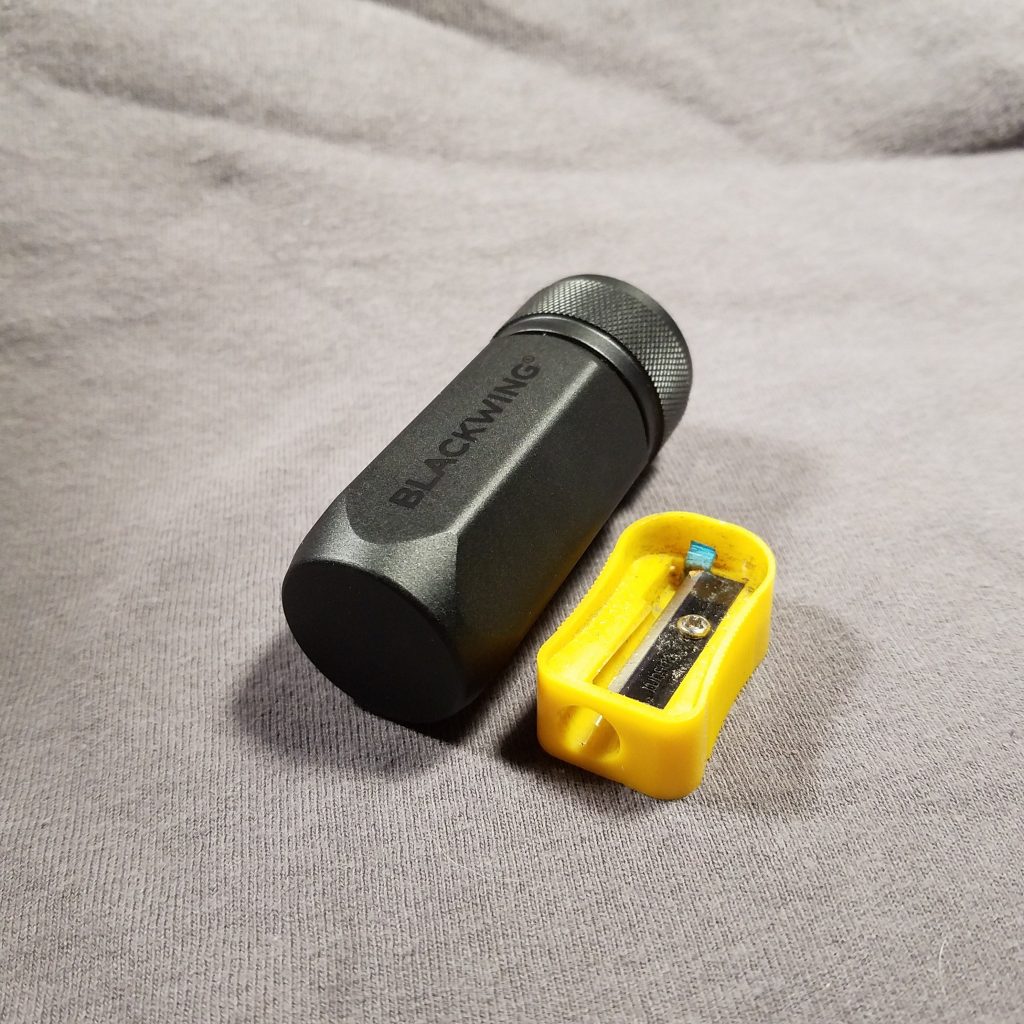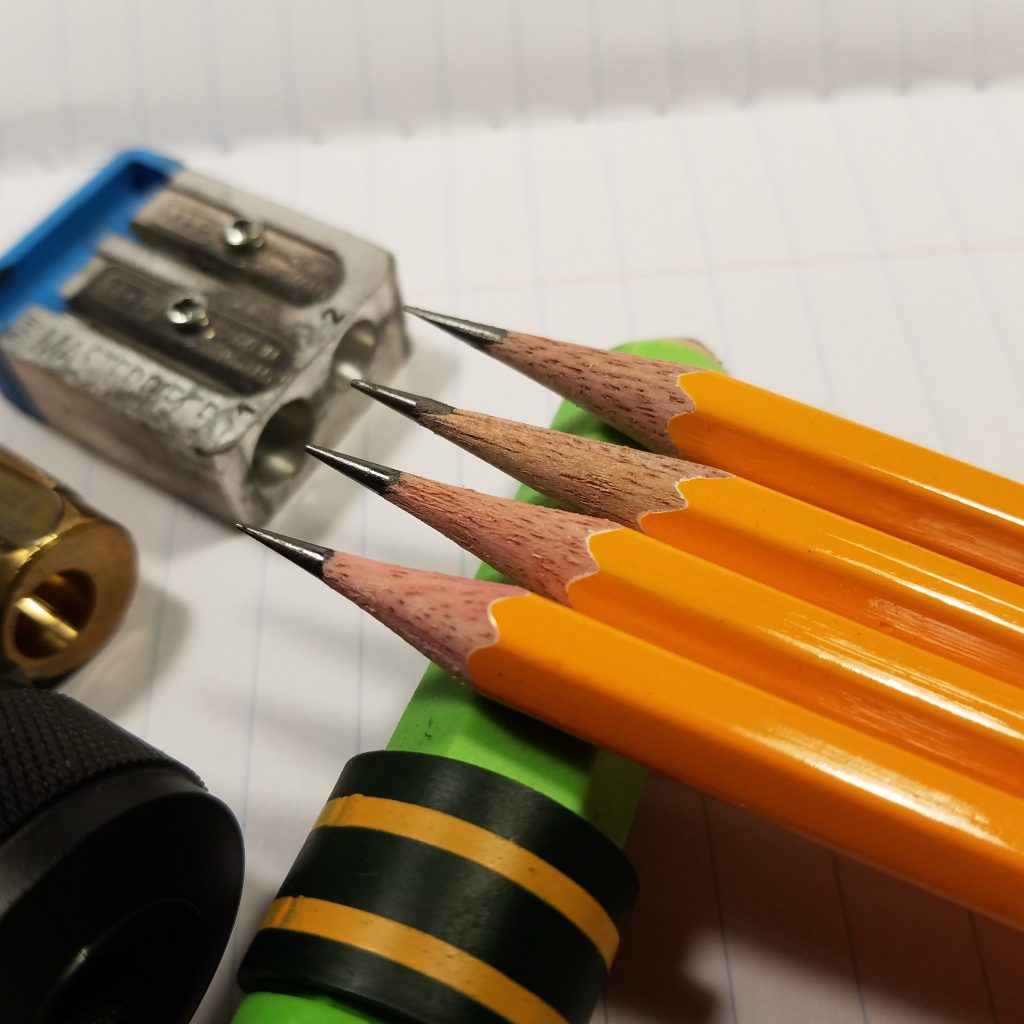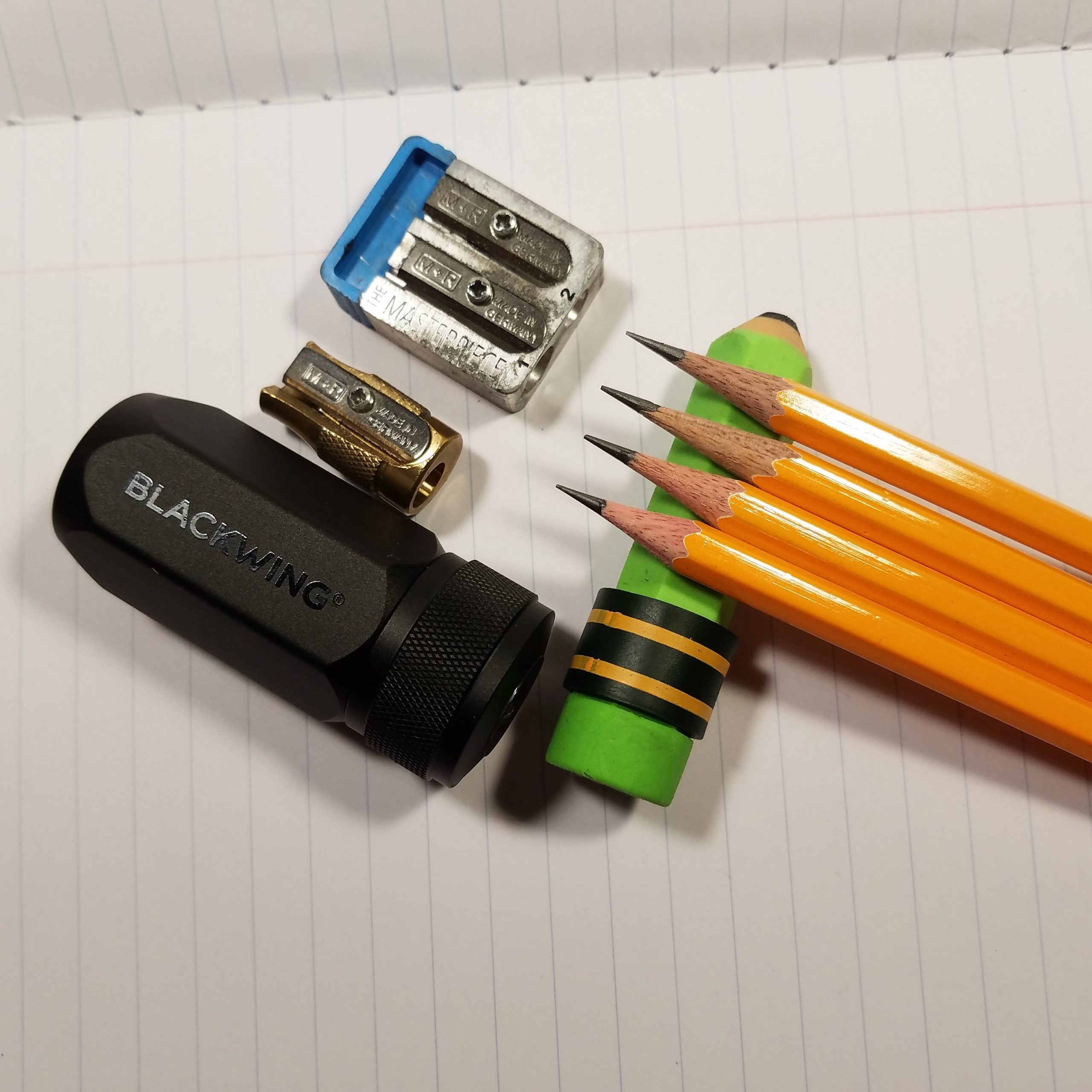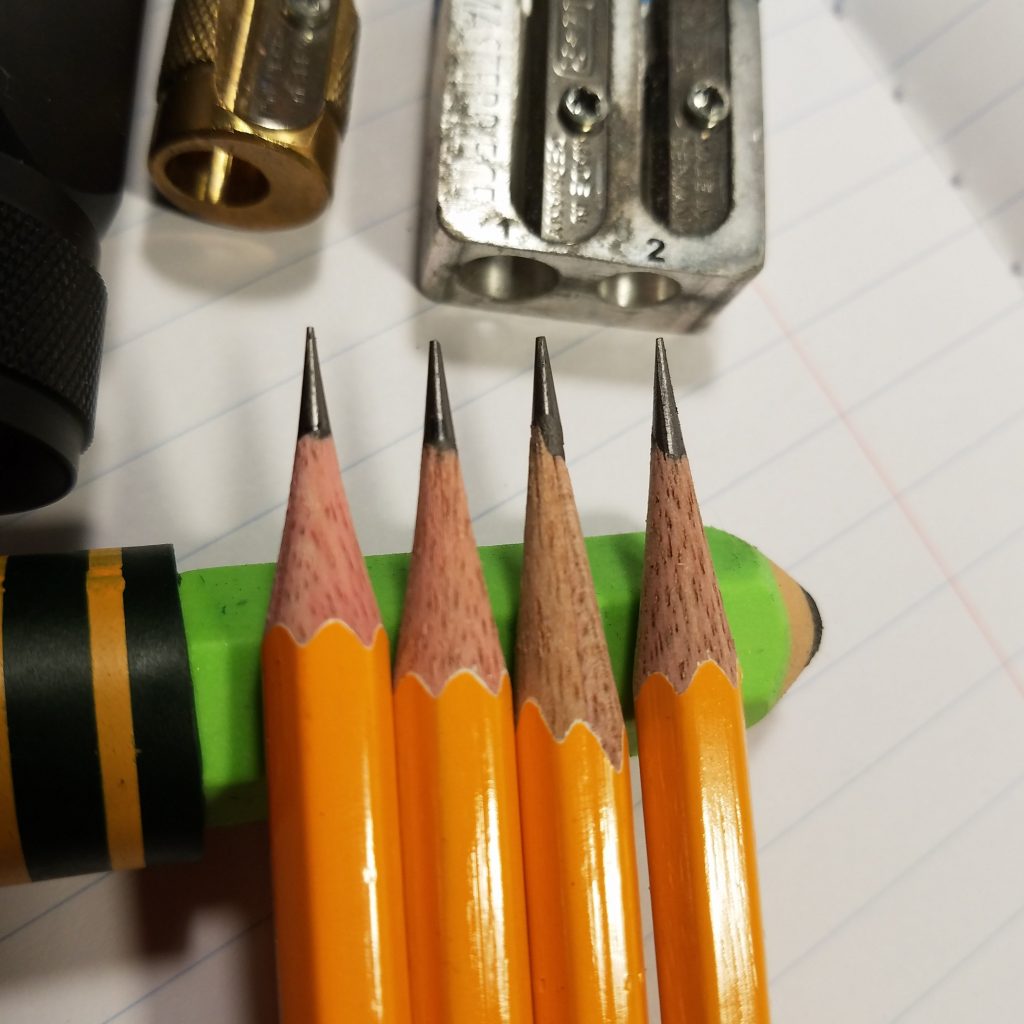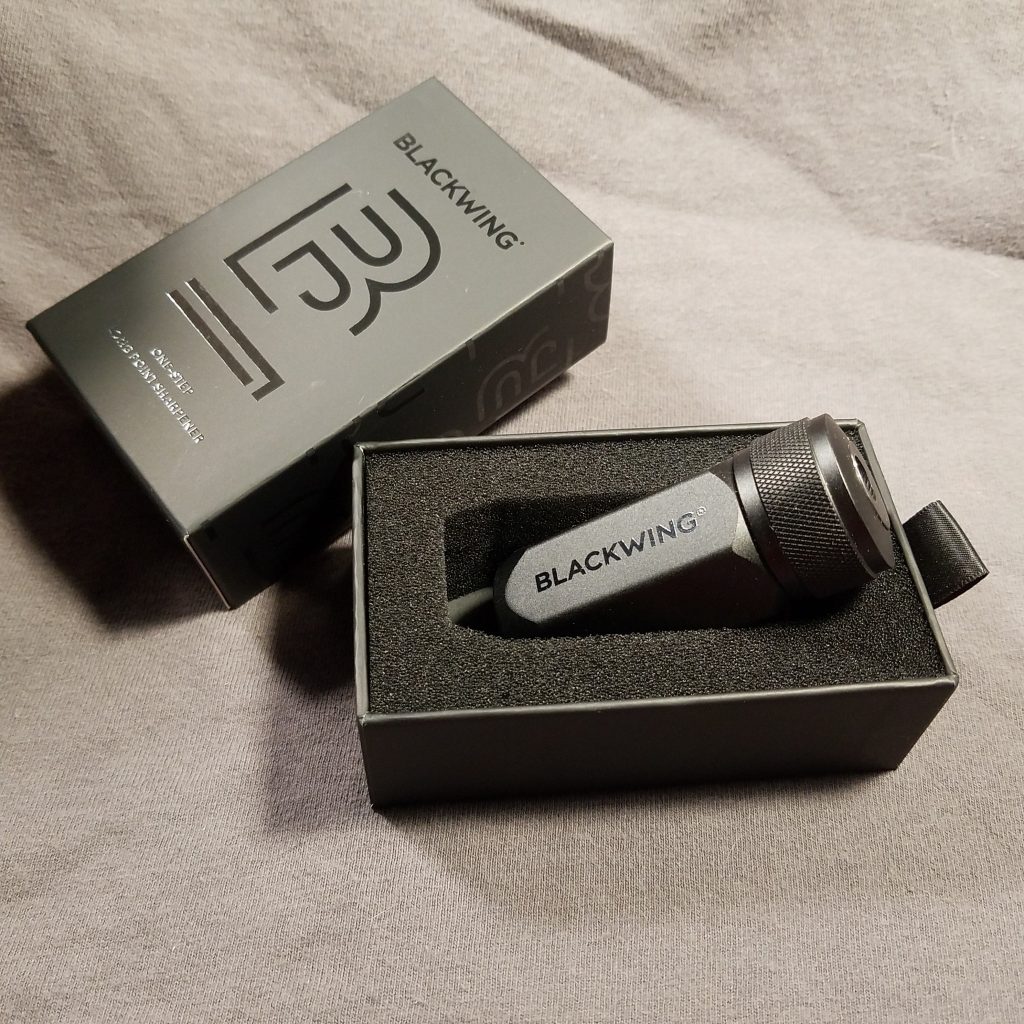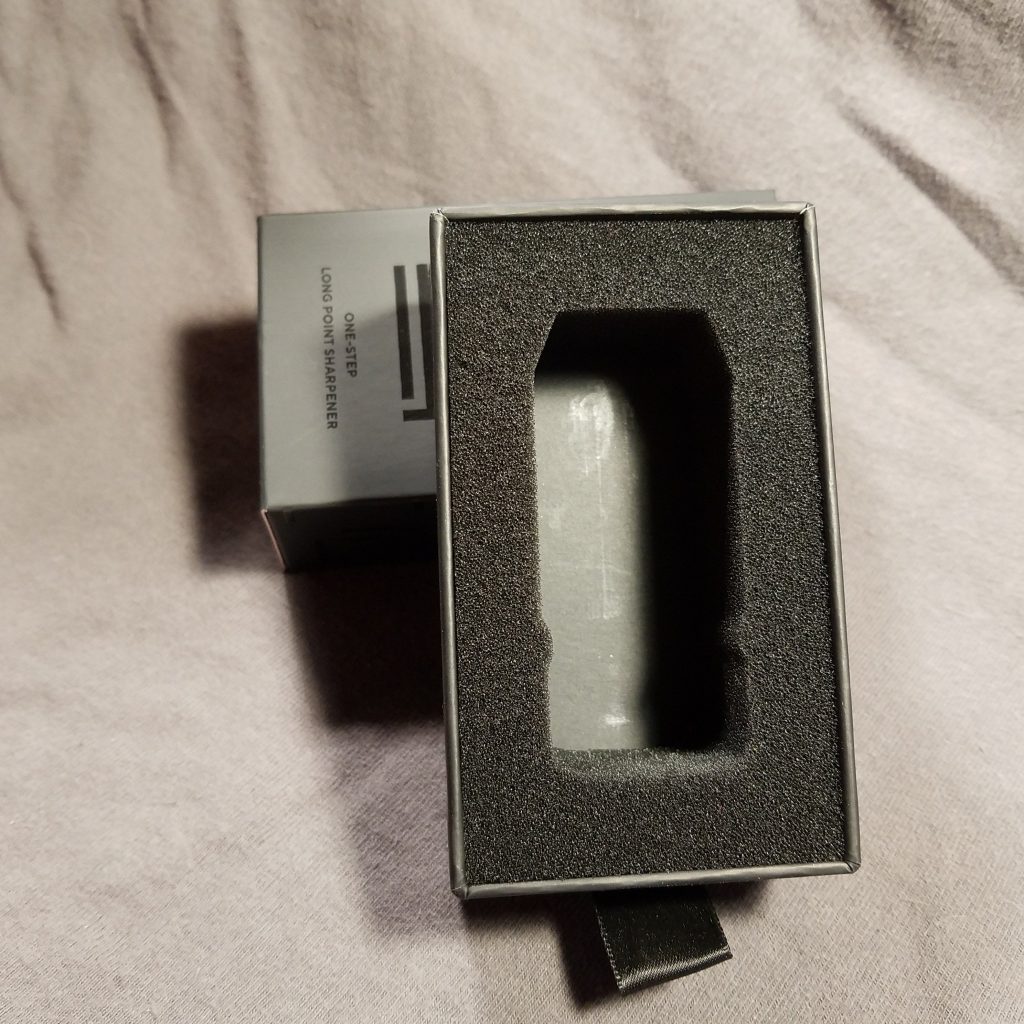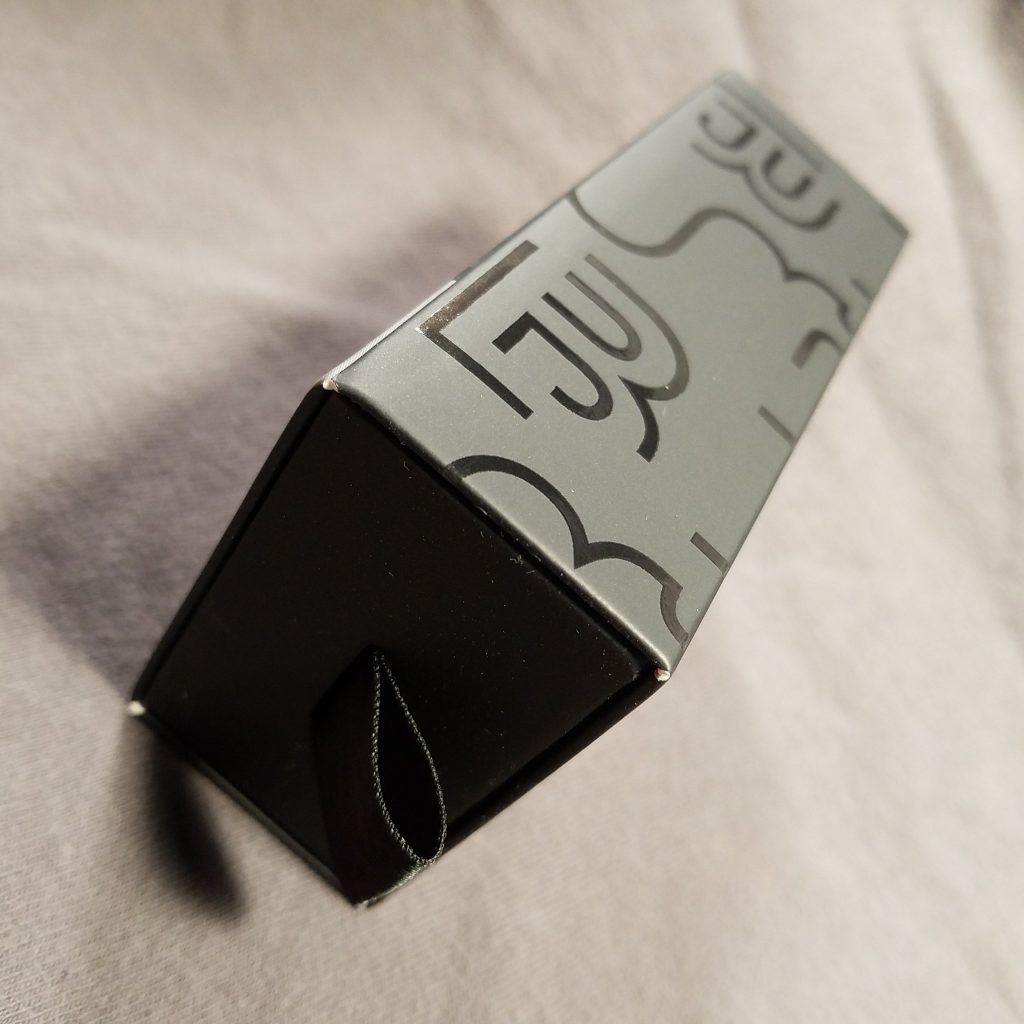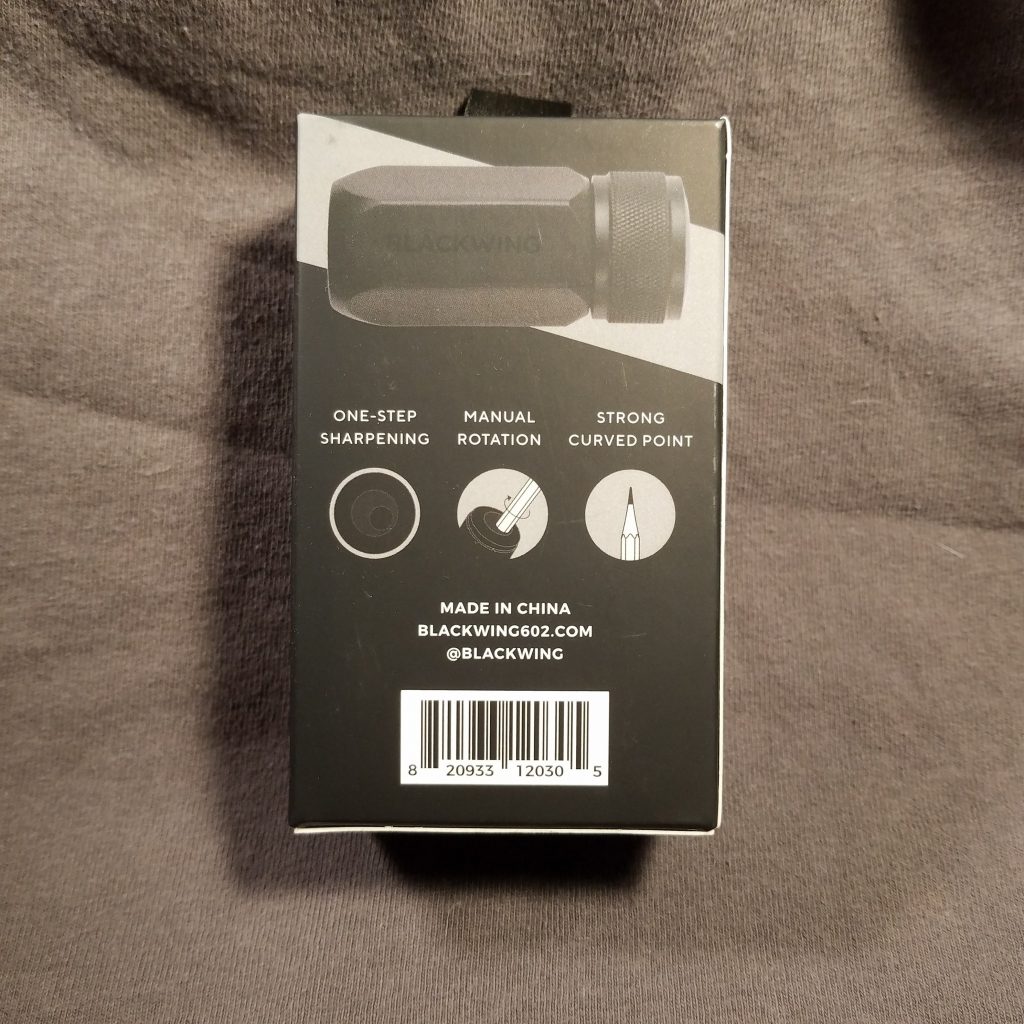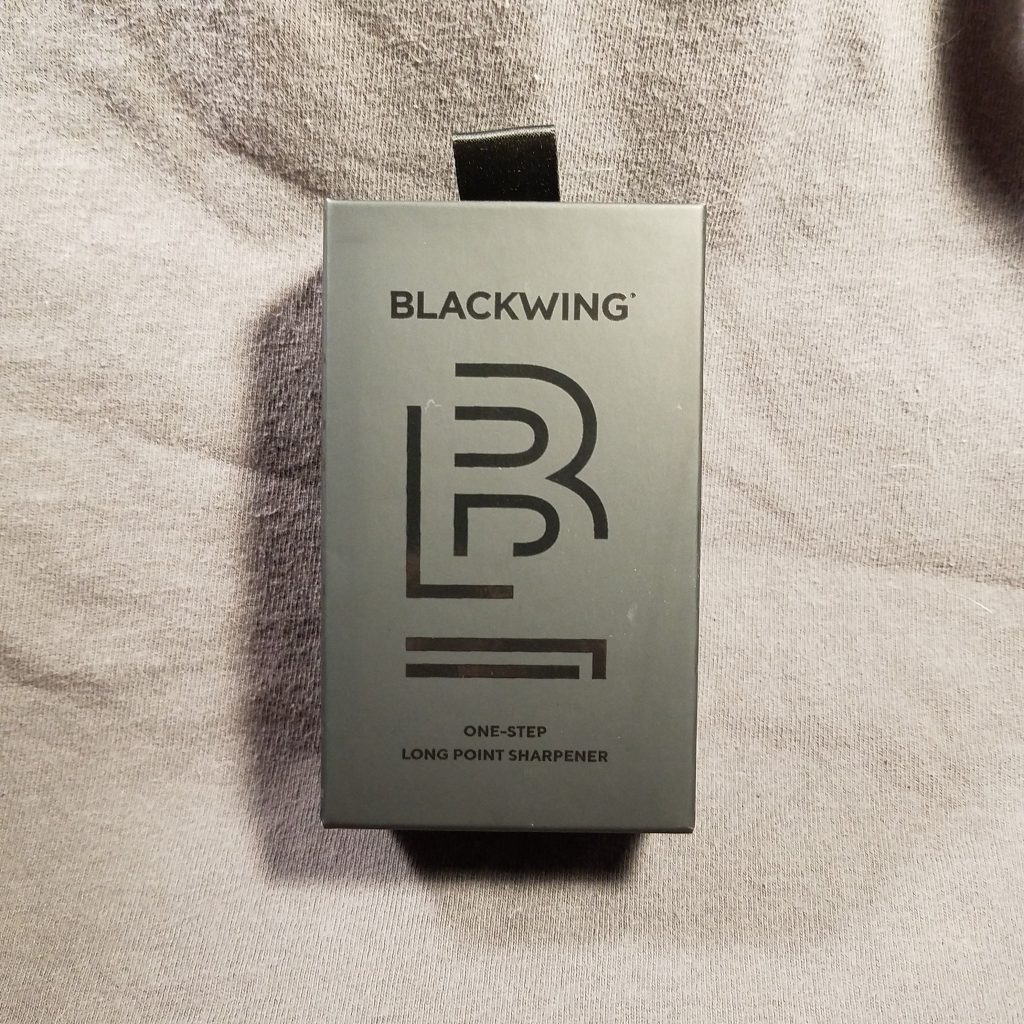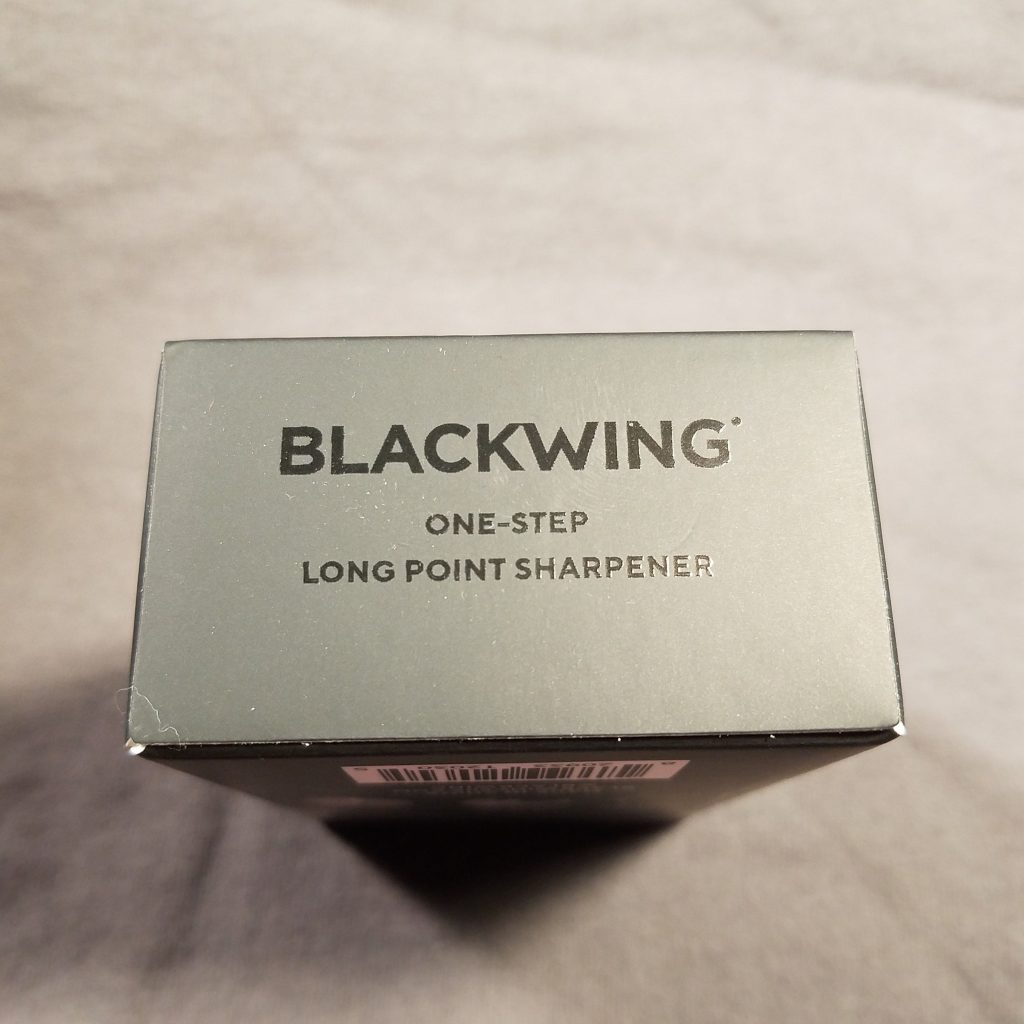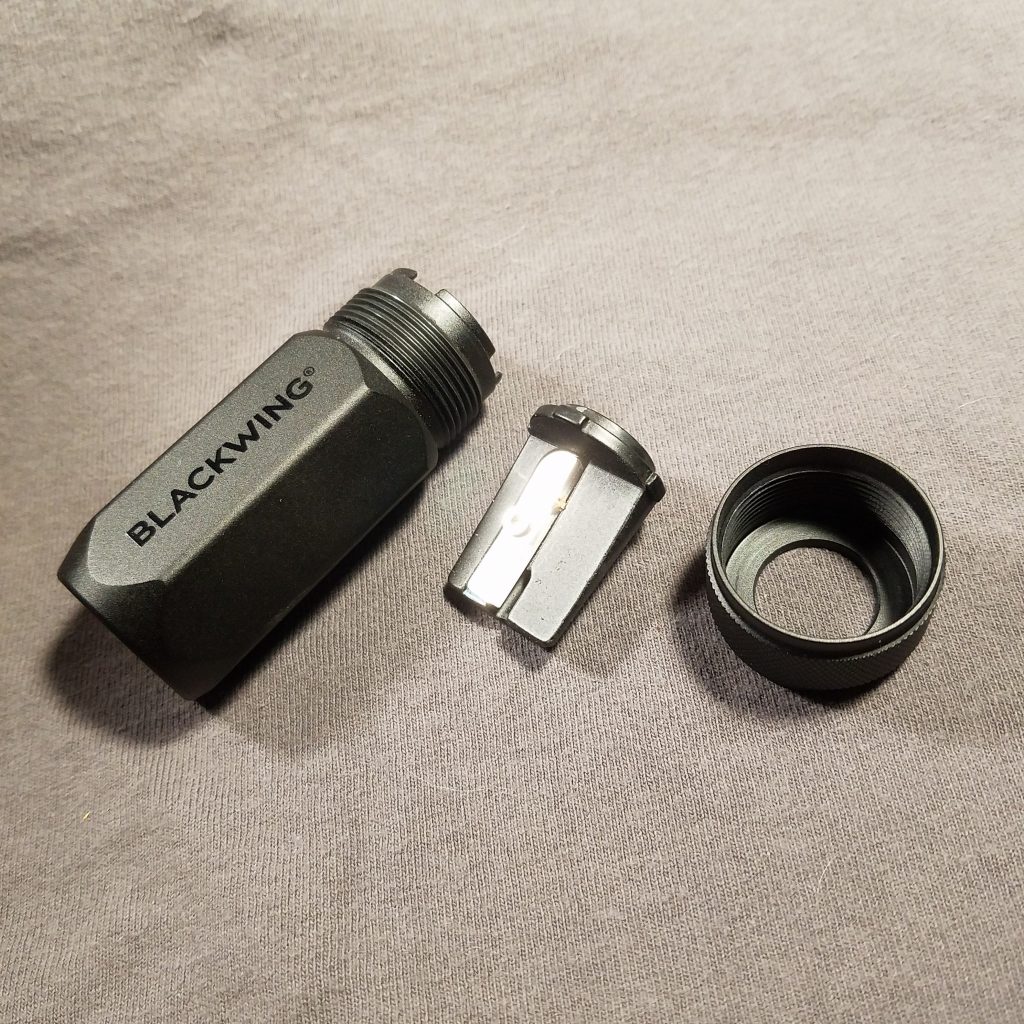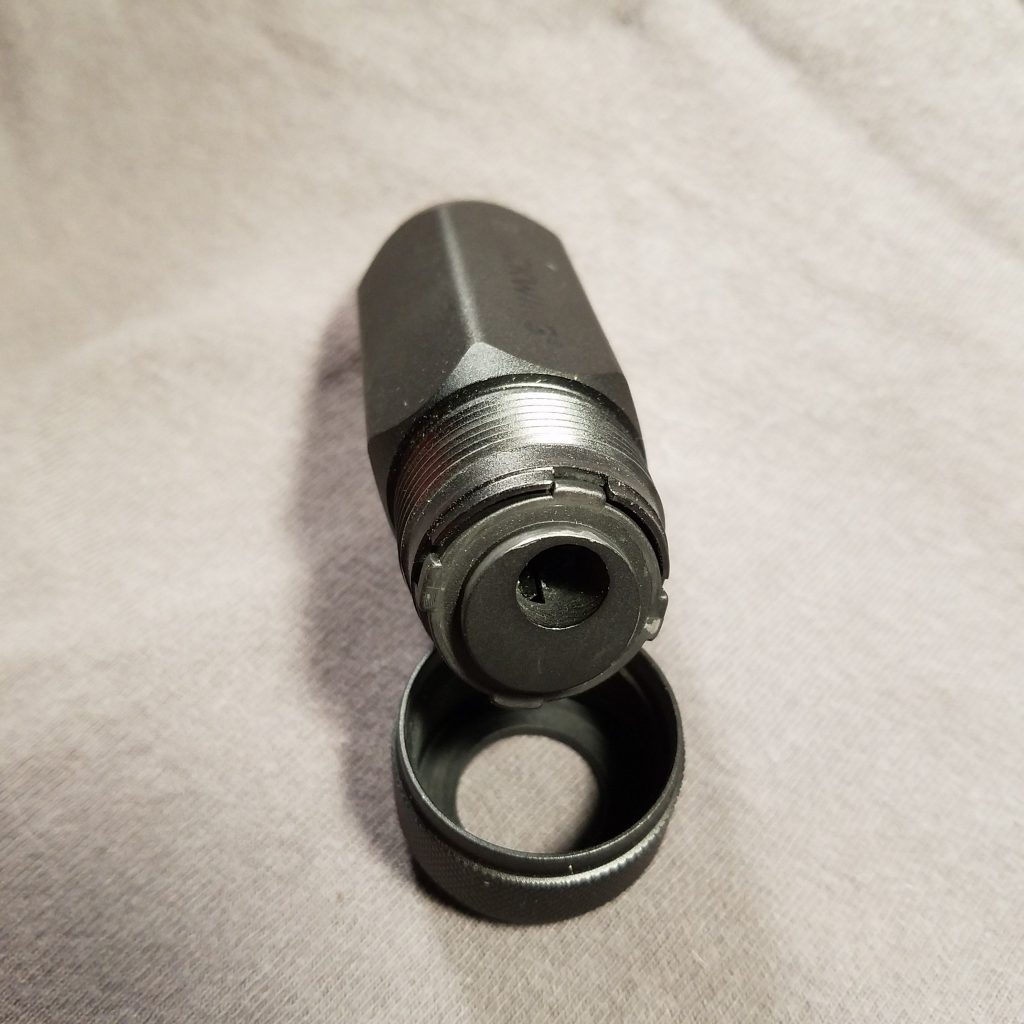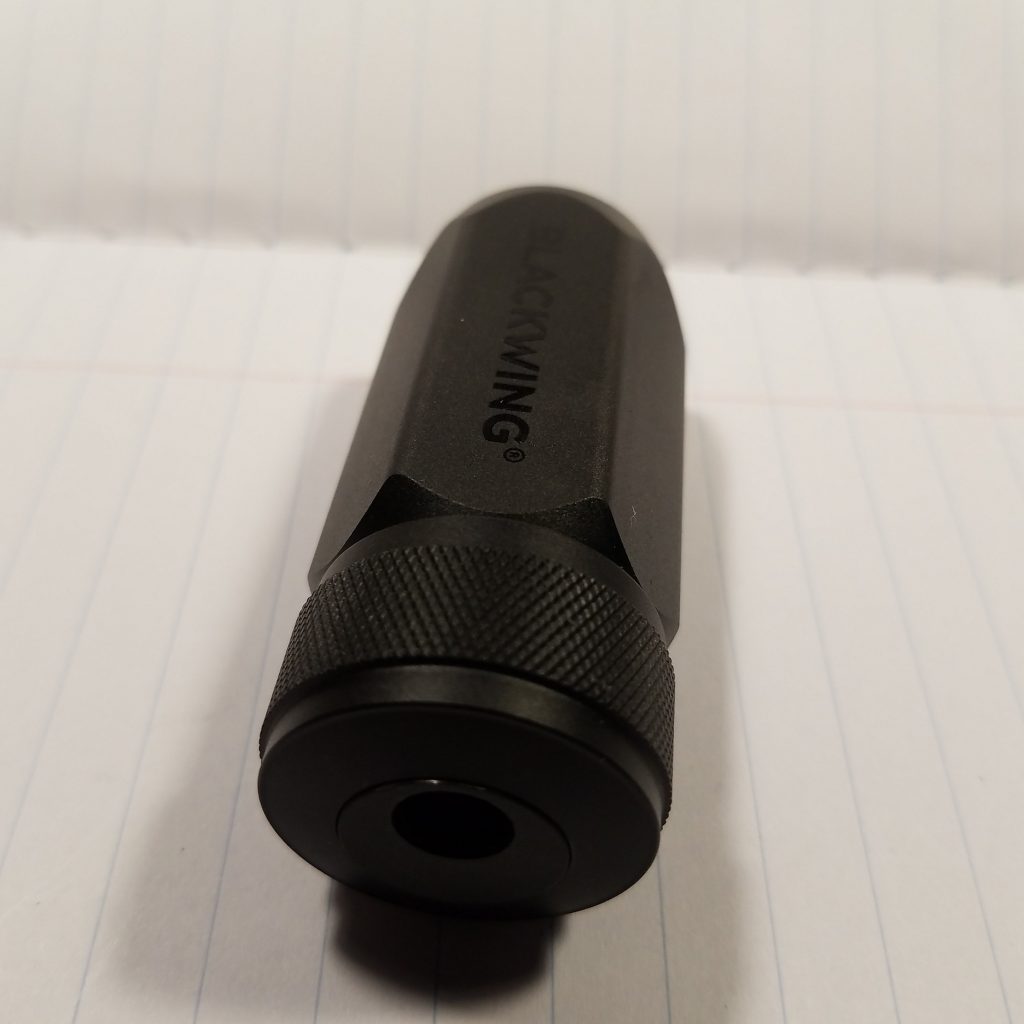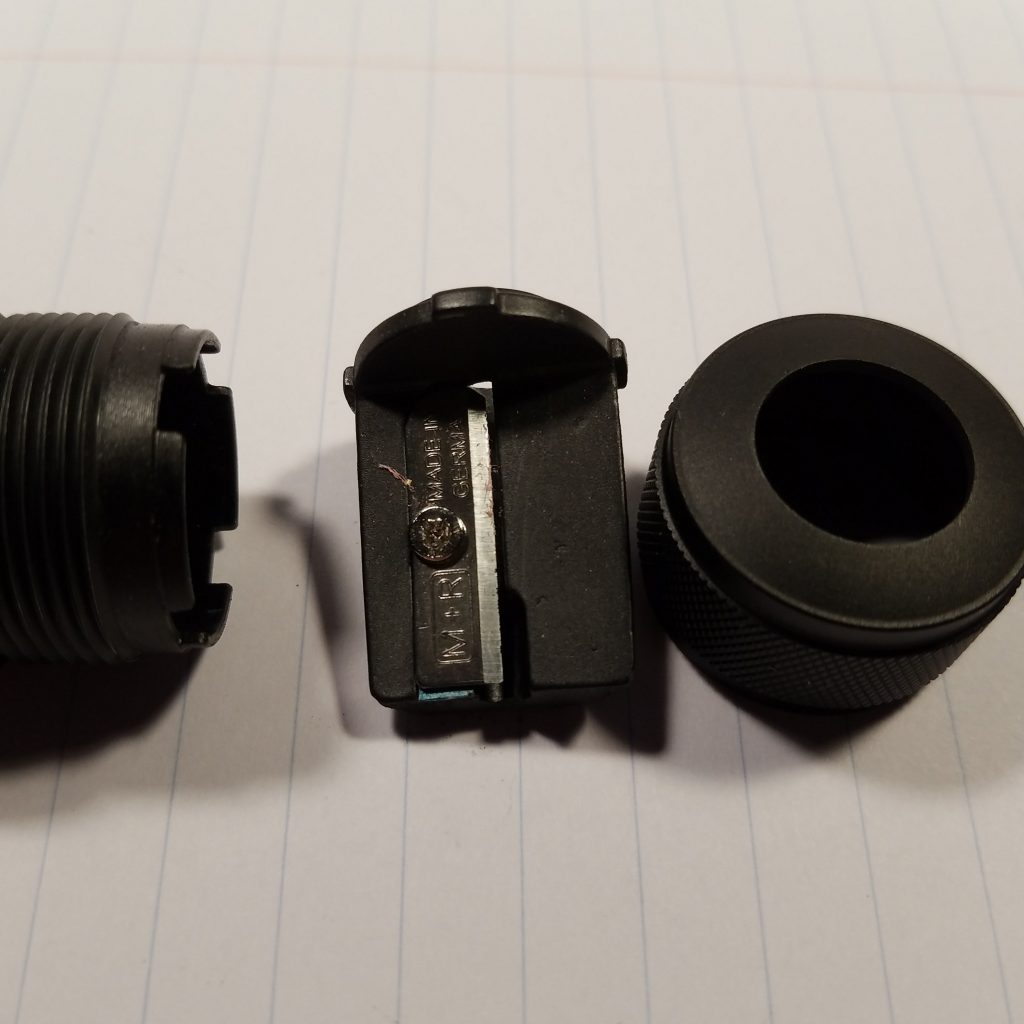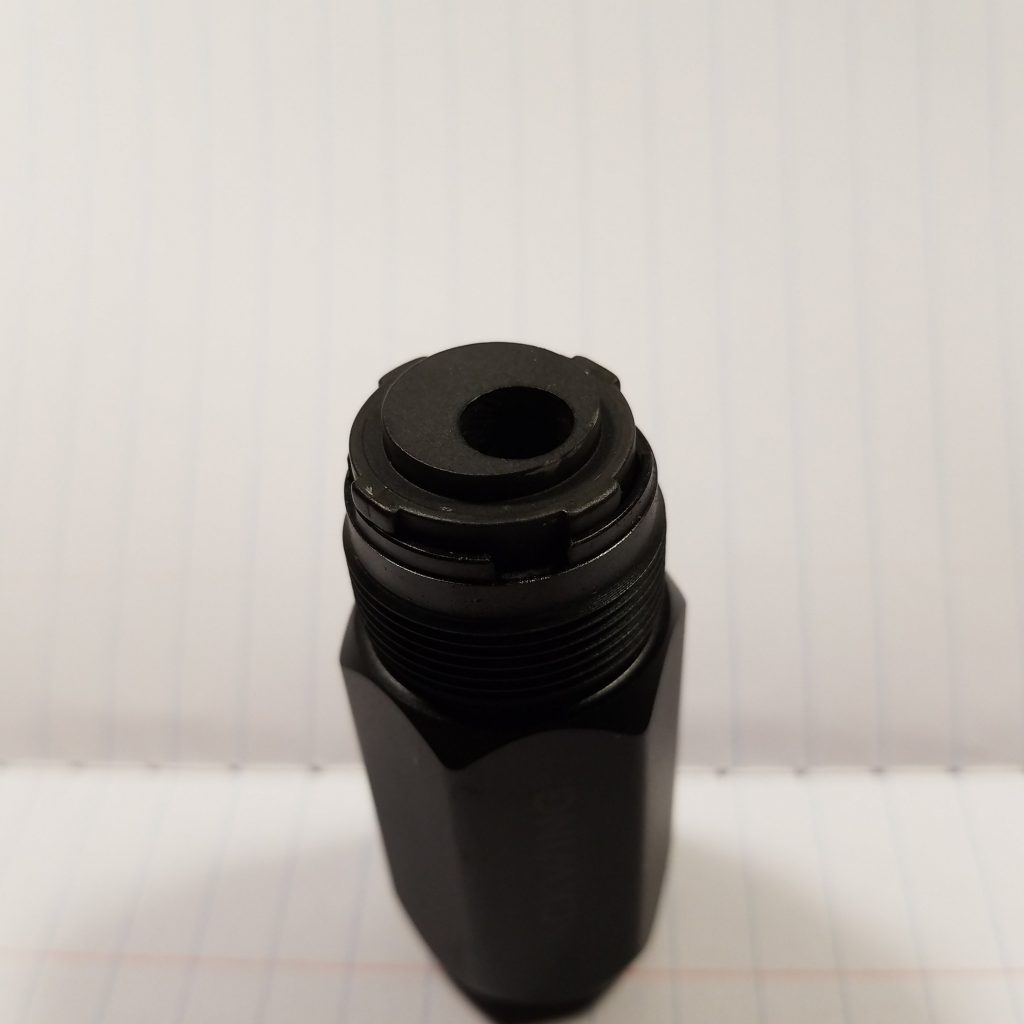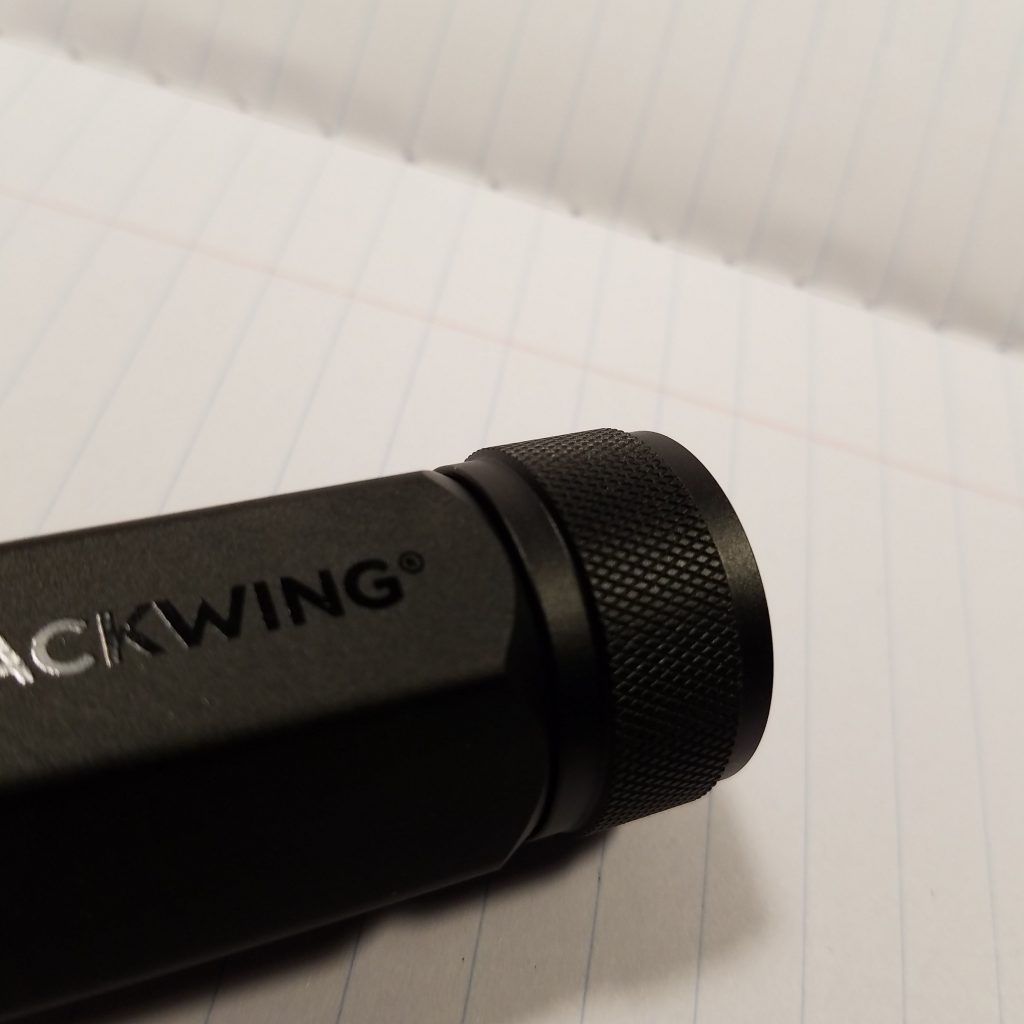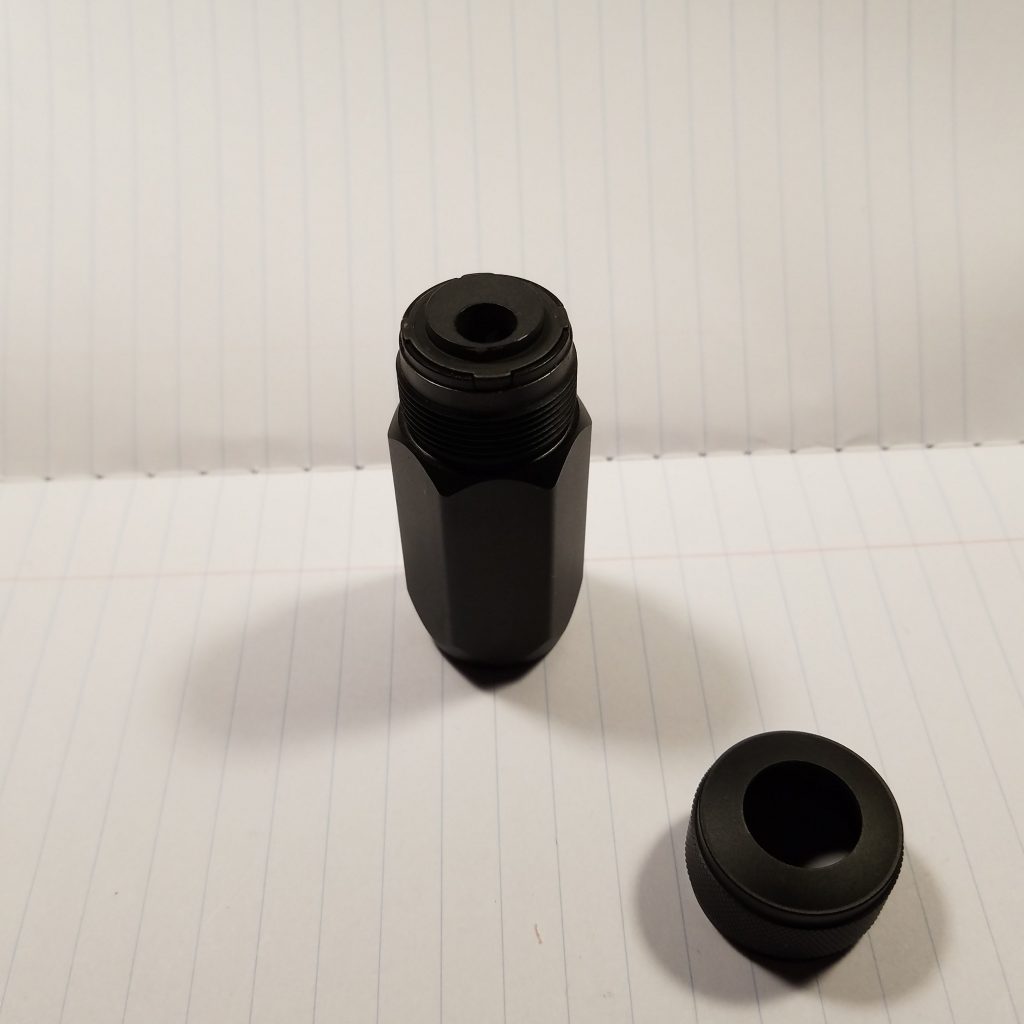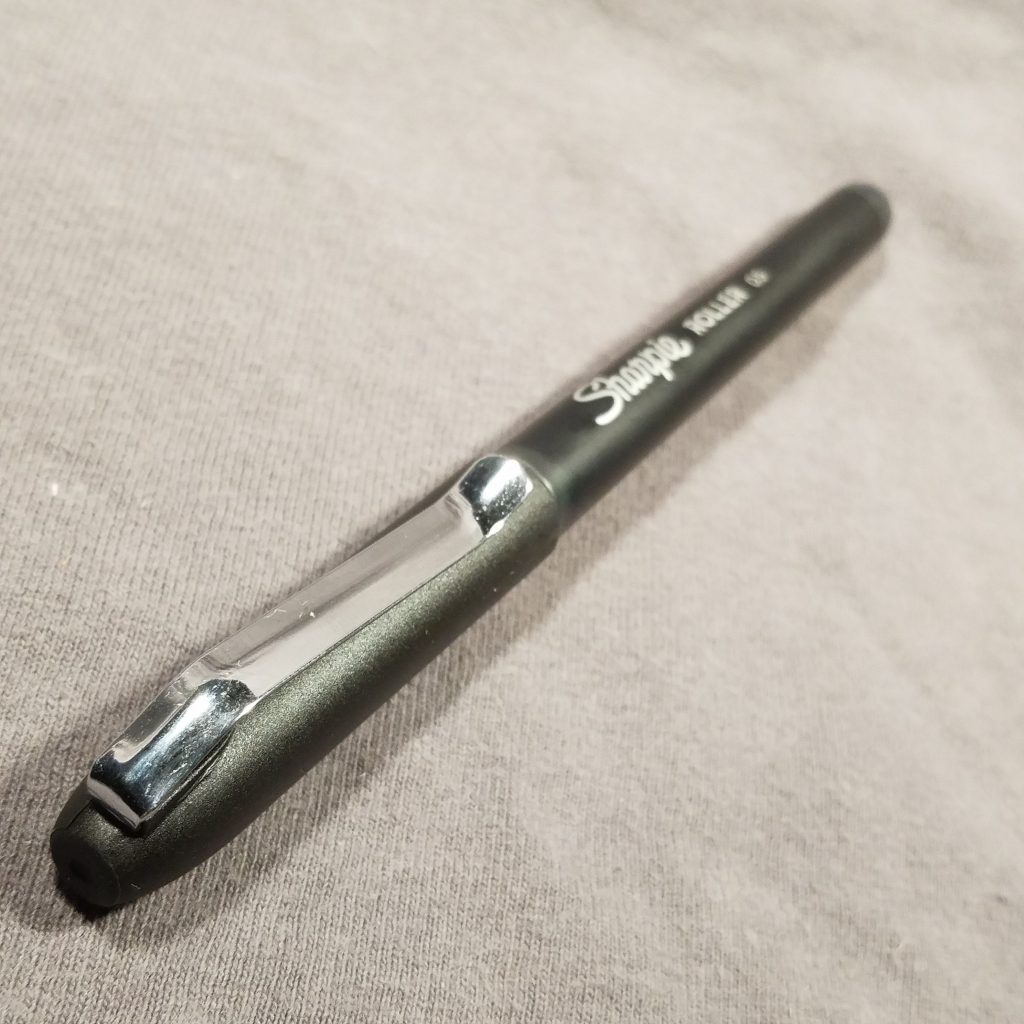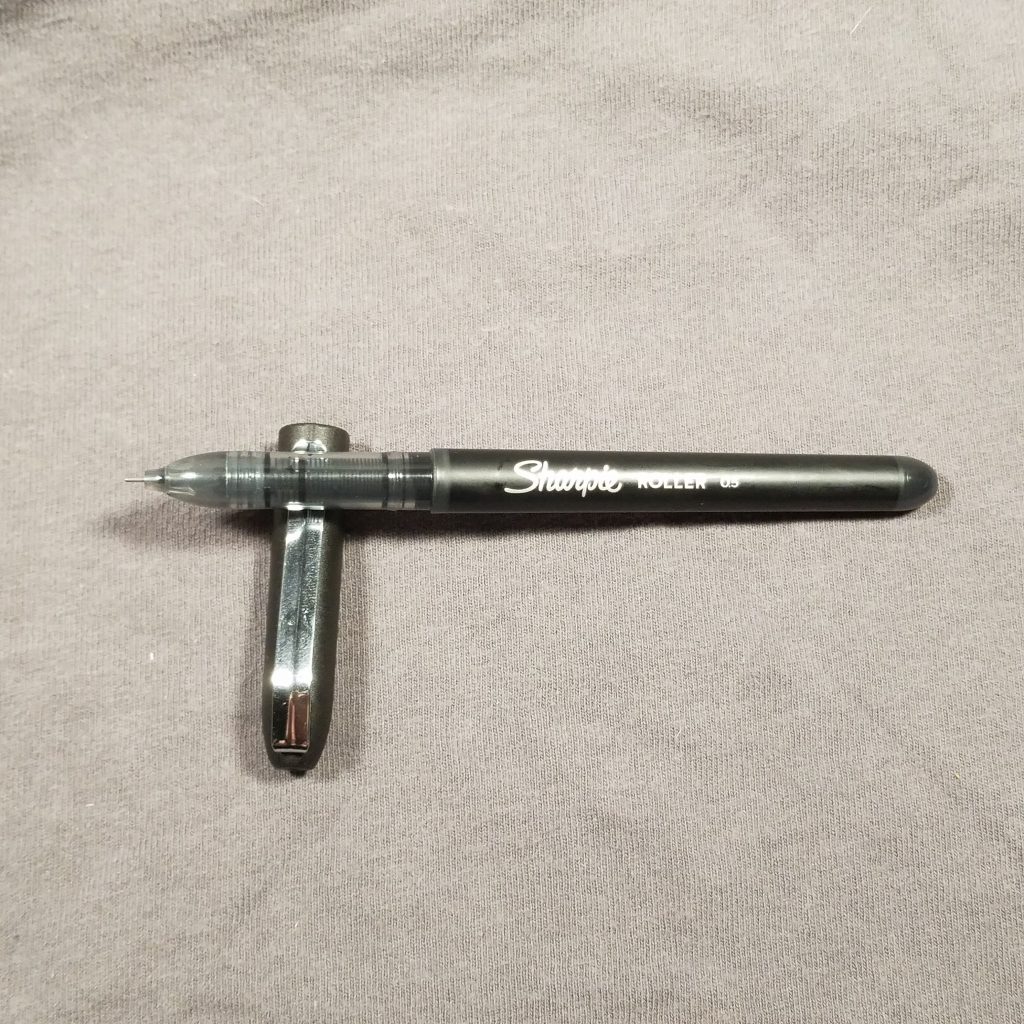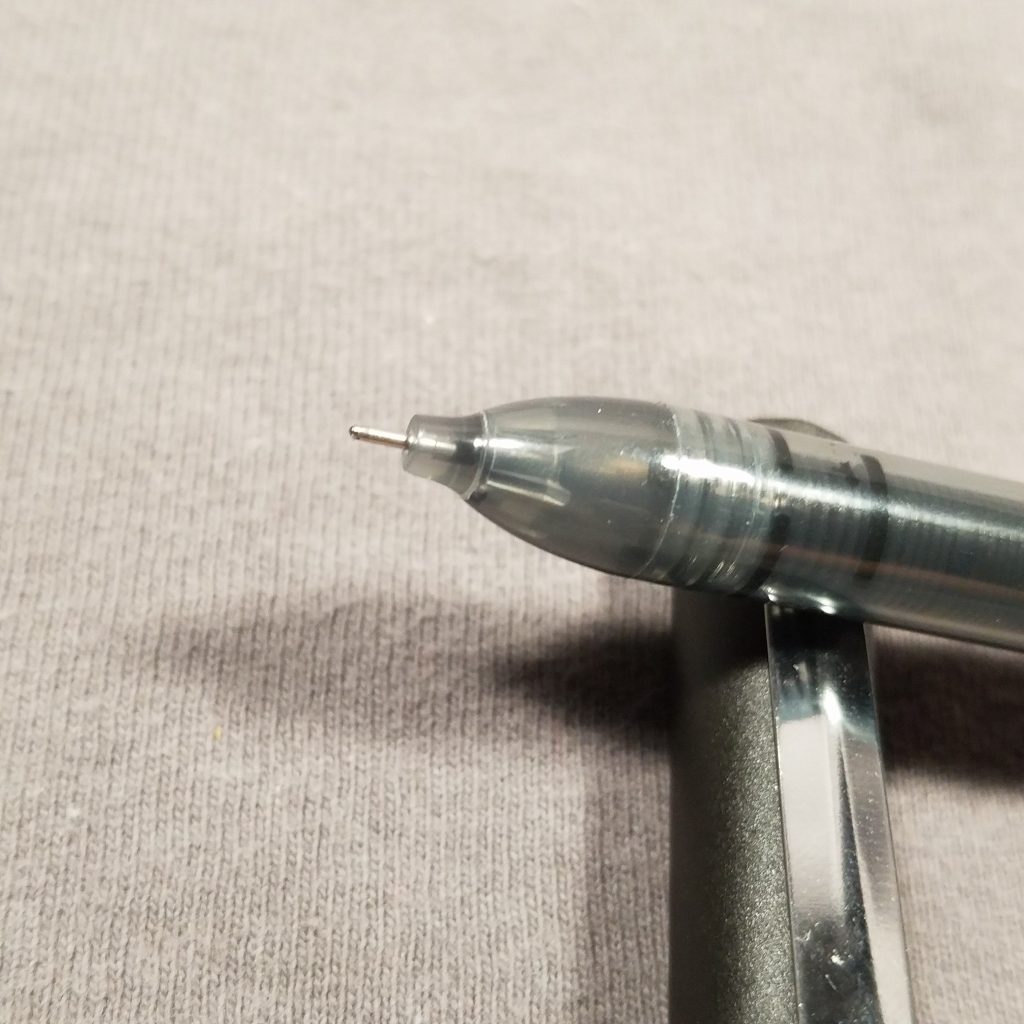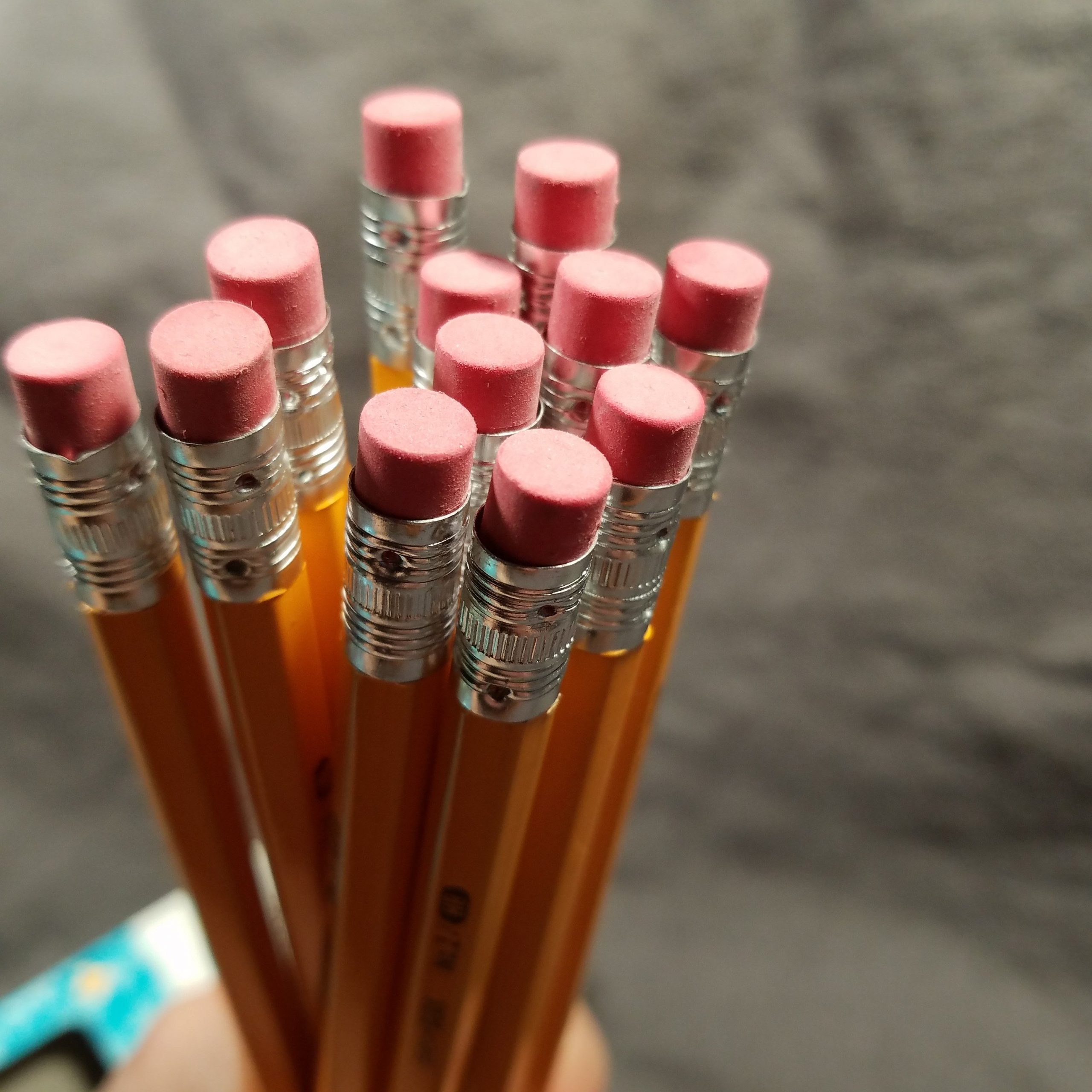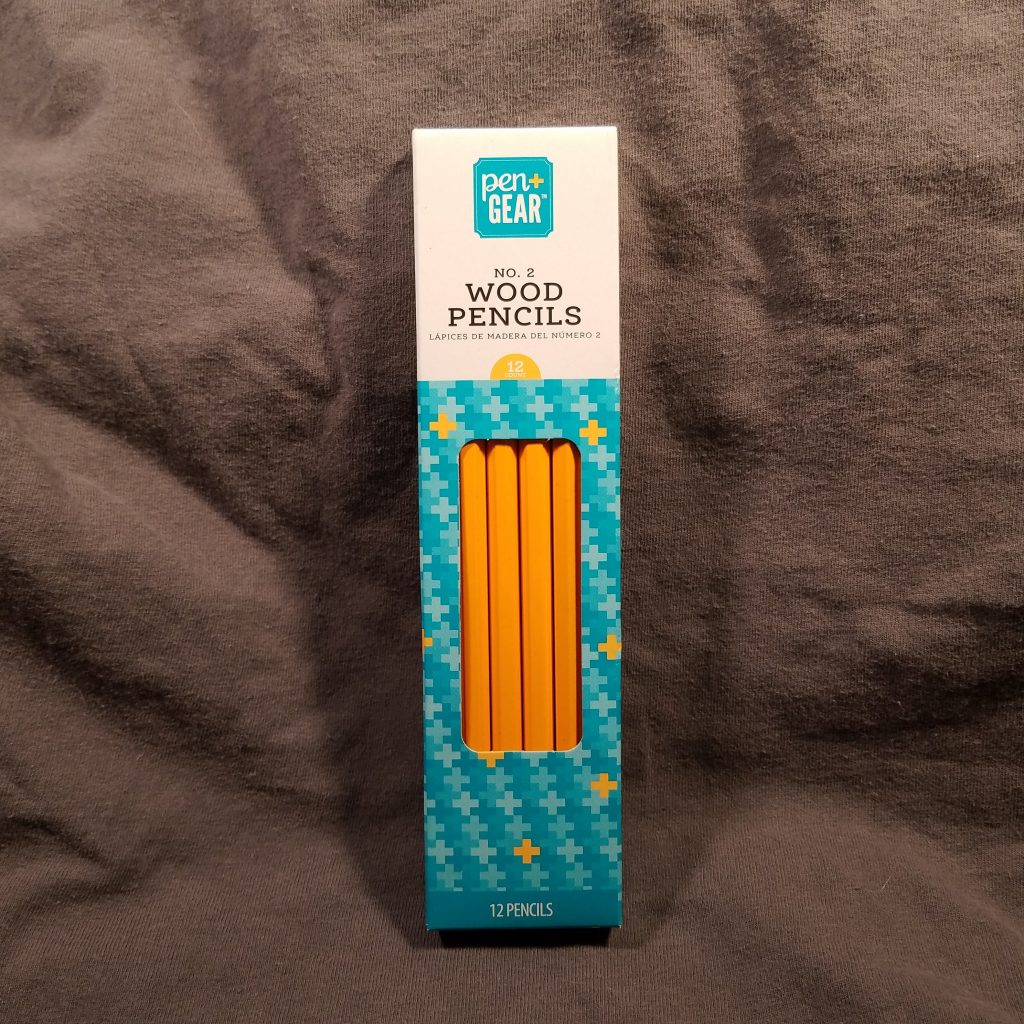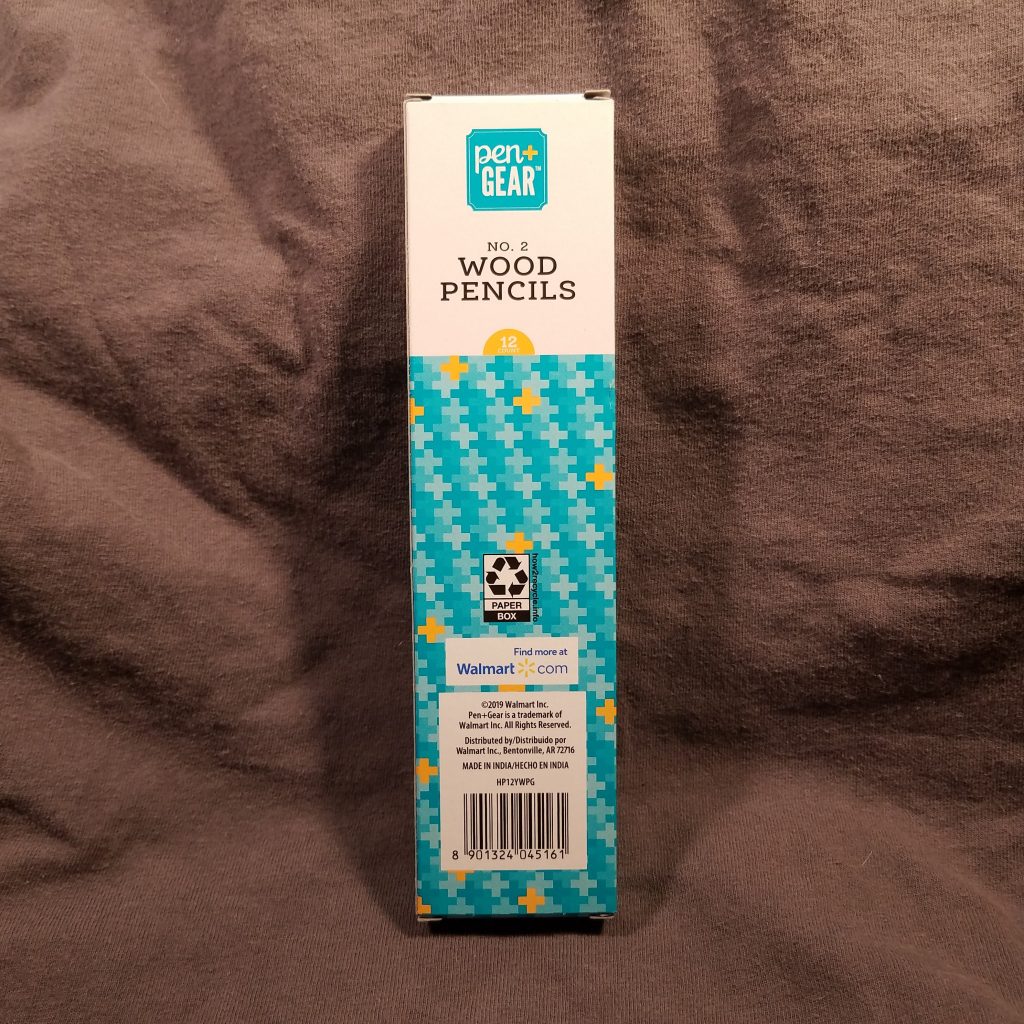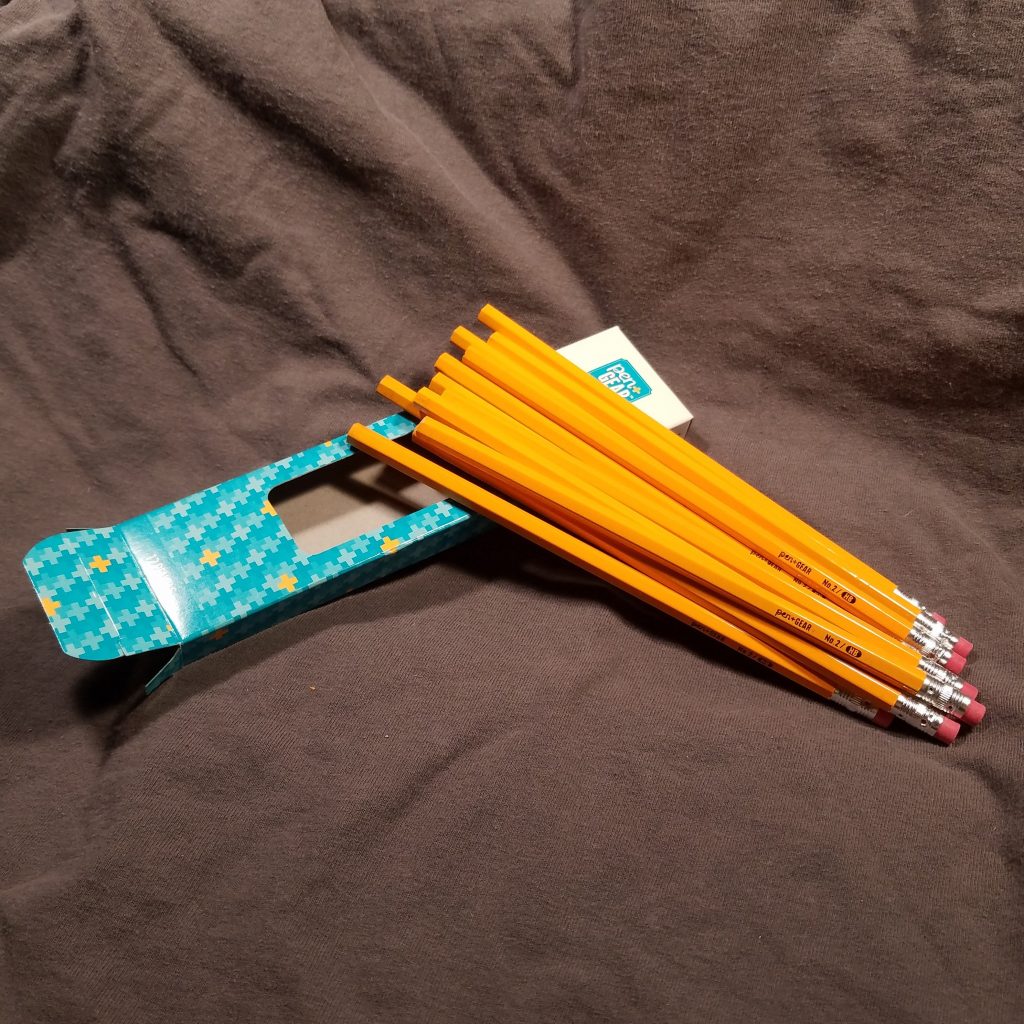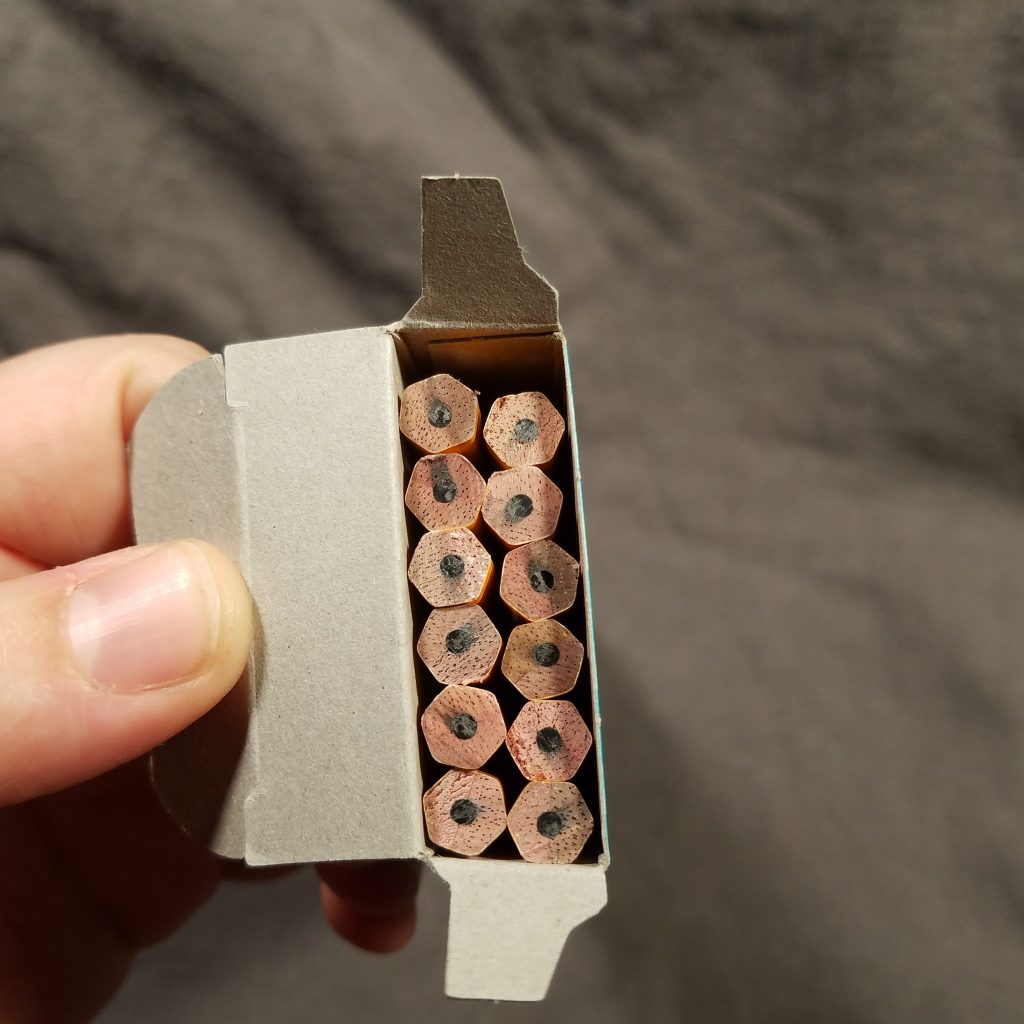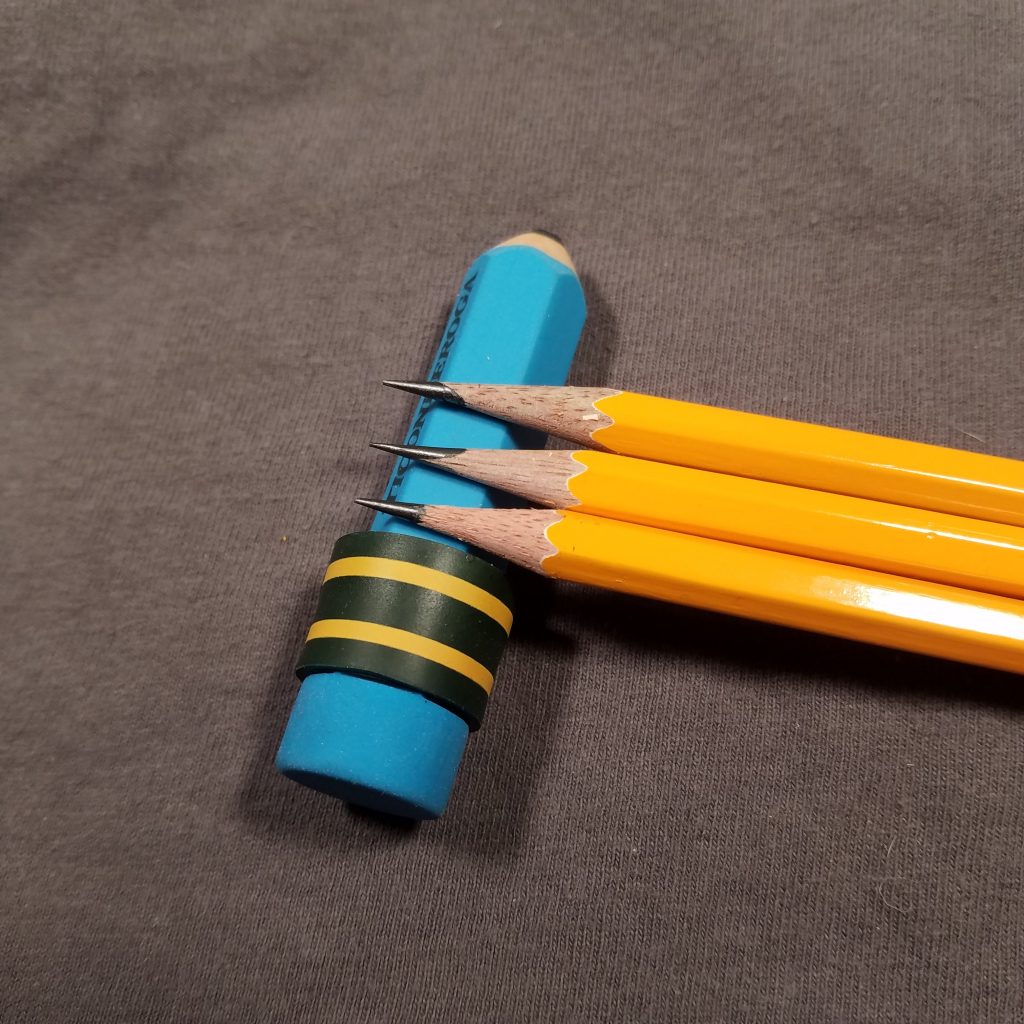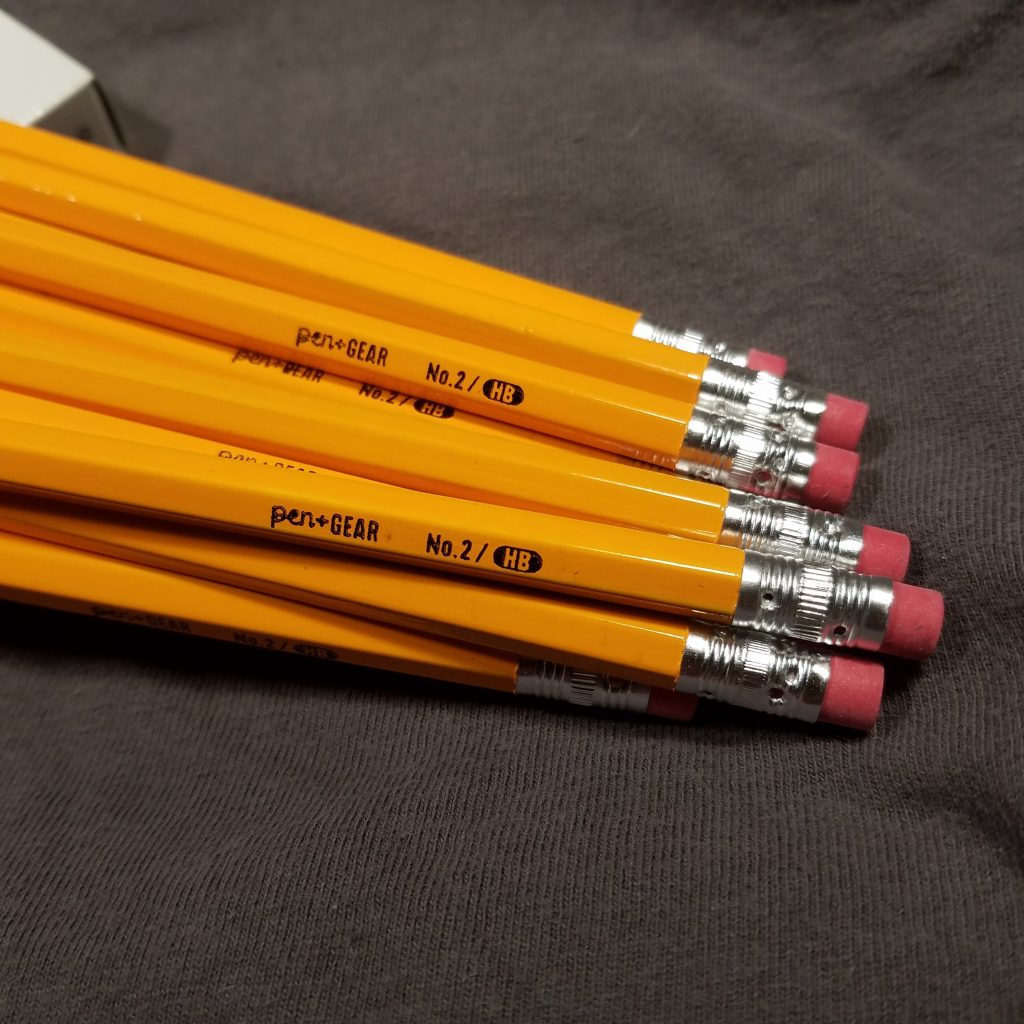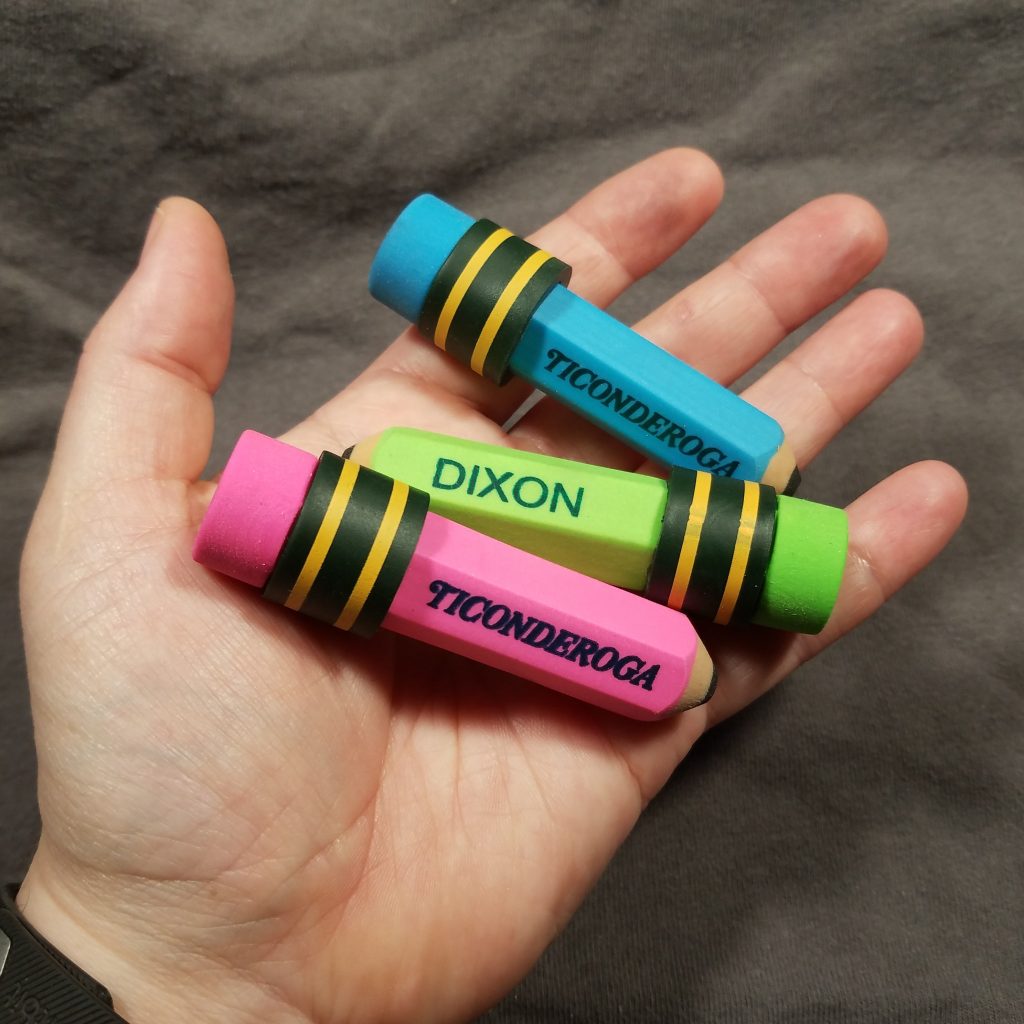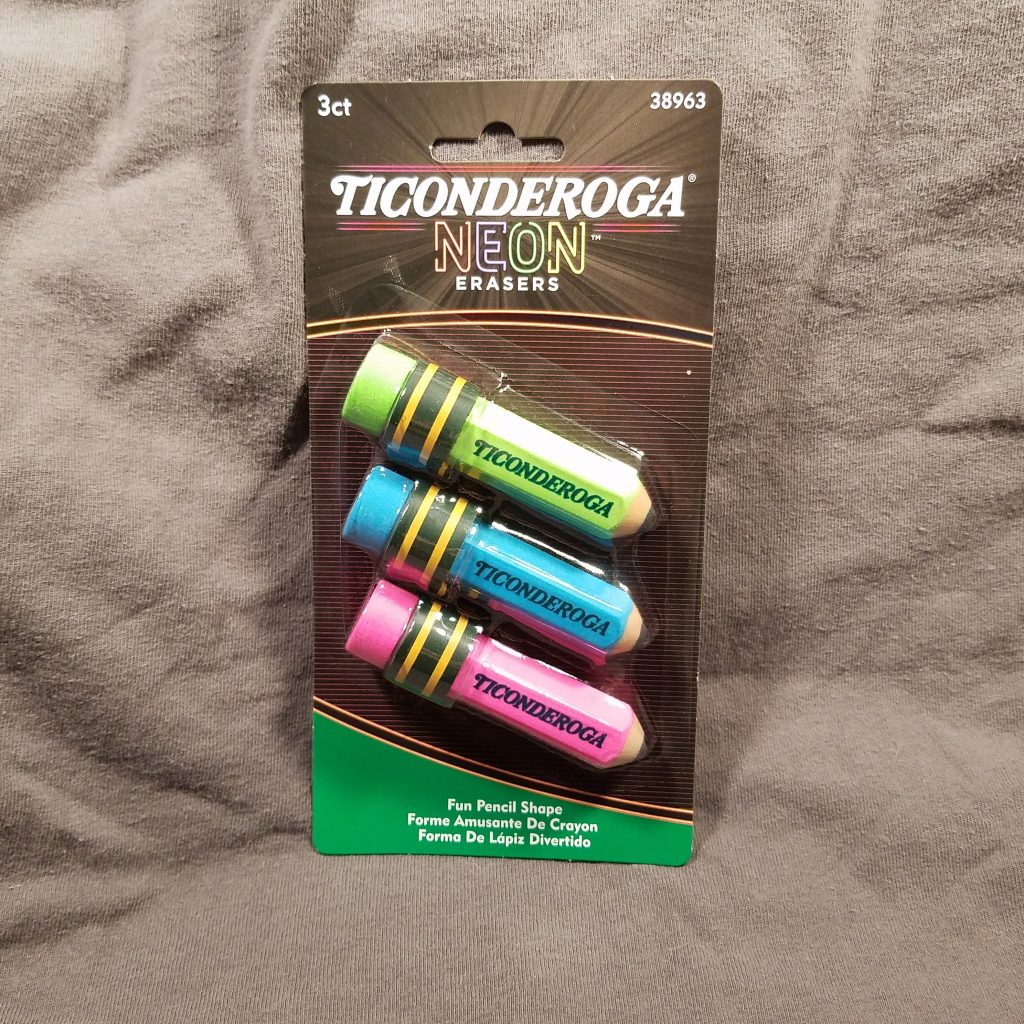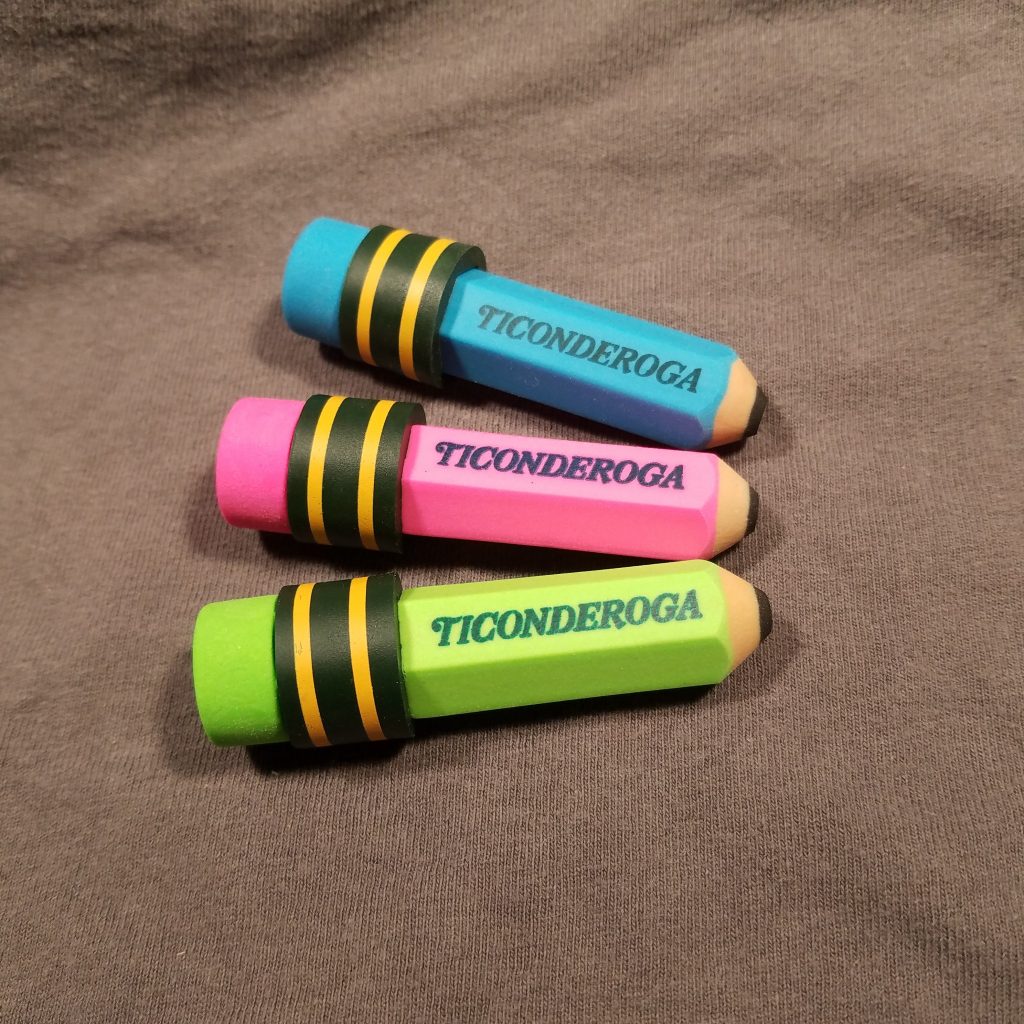My friend told me she was ordering from L1917 and that she was getting a pen, asking me if I’d seen them yet. I had not and wow did I want one. I had the last $25 from recent Ko-Fi coffees and I decided that the Der Drehgriffel would be mine.
The big question with a pen like this is what kind of refill would it take and what color would I order. I chose the red my friend ordered the denim color. Both are stunning. The muted colors are lovely but I like my bright VW red pen. It’s matte finish is smooth in the hand and surprisingly grippy for a painted metal pen. The logo and name are screen printed onto the barrel and feel slightly raised when I run my fingers over them. The contrasting cream is a nice touch. The hex barrel is rounded at the points, so it doesn’t hurt to use.
At the very tip of the pen is a brass insert that holds the refill in place snuggly, so there is little play as you write. The brass at the tip serves to bring the balance of the pen ever so slightly forward, increasing the comfort of a compact pen. This is not a big pen and it’s relatively lightweight. I suspect most of it is made of aluminum while the innards of the twist mechanism is made of a combination of metal and plastic. Set inside the barrel are a couple of threads one at the tip end the other in the middle area of the pen where pieces screw in. These look like they are press fit and glued into place. Care should keep them in place for the long haul
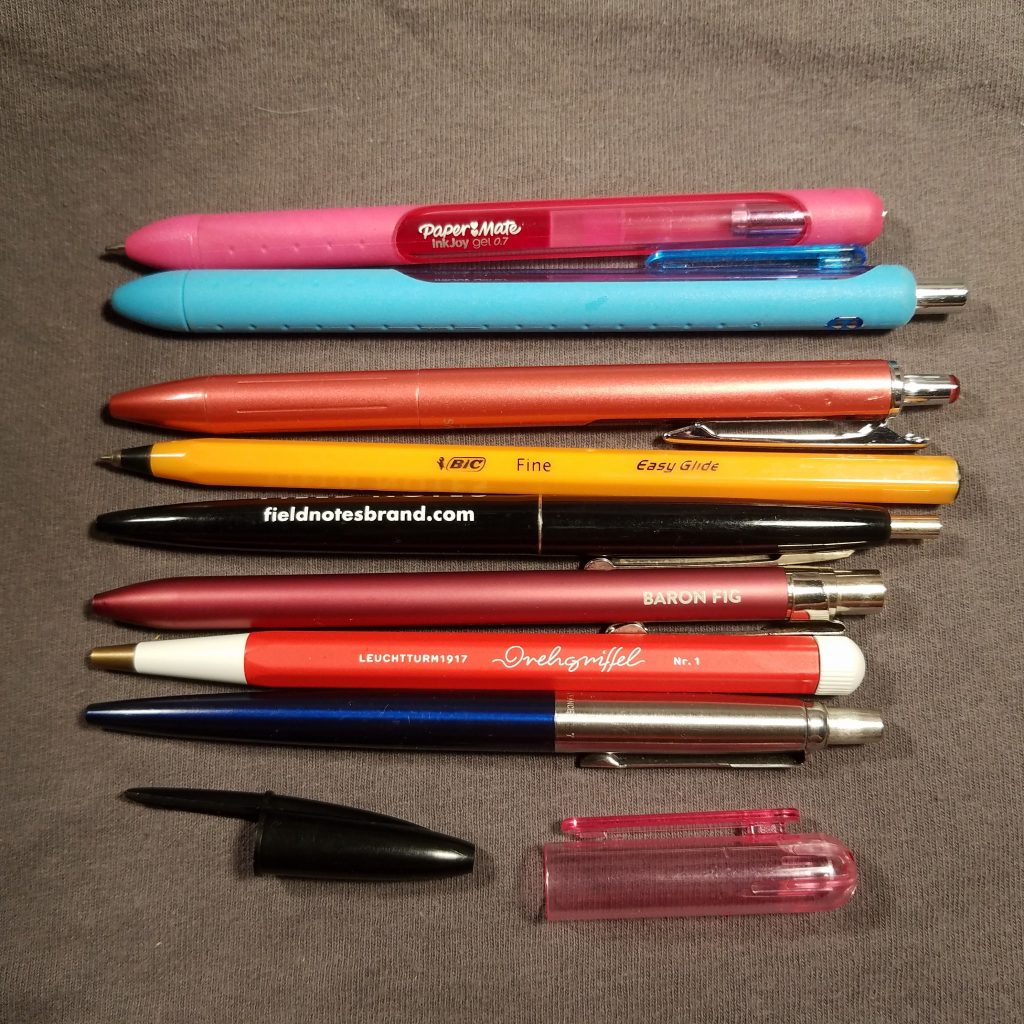
The grippy twist mechanism can be twisted in one hand and is a springy fidget, that would be as annoying as clicking a click nock over and over. It’s smooth and makes a satisfying click as it snaps into place. I like it a lot.
Inside the Drehgriffel takes a standard parker G2 refill. You can get rollerball, gel, and ballpoint refills just about anywhere from Amazon to Staples. I’ve picked up a pair of my favorite blue-black Monteverde gel refills in fine for this pen and I am prepared for the improvement over the ballpoint. I will say that the Schmidt EasyFlow9000 (rebranded for L1917) is a solid smooth efficient rollerball. It’s nice, but I like gel ink.
I’m not a packaging keeper, but I adore the minimal recyclable packaging. Other than the small plastic circle holding the packaging closed it is 100% paper and thus went 100% into the recycling.
The twist mechanism also doesn’t seem to twist in my pocket, and yes, I’m dumb enough that after ruining 2 pairs of my favorite work pants that I dumped the pen into my favorite jeans pocket and into a pair of chinos JUST TO TEMPT fate. But not ink spots in my pants or lines drawn onto my wallet. So I’m lucky I guess. The pen also didn’t suffer from banging around with my Kershaw Chive. So that paint job is pretty sturdy.
So this is a $25 pen. It is an investment, I’ve written at length about why one should buy a refillable pen. It is not simply an environmental thought, there’s a certain amount of friendship that you build with a tool you use for a long period of time. They develop patina and wabi-sabi and a uniqueness that is yours. Your hand becomes familiar with the tool. I will say that der Drehgriffel is a great addition to any pen lover’s toolkit. You will want to use it again and again.
